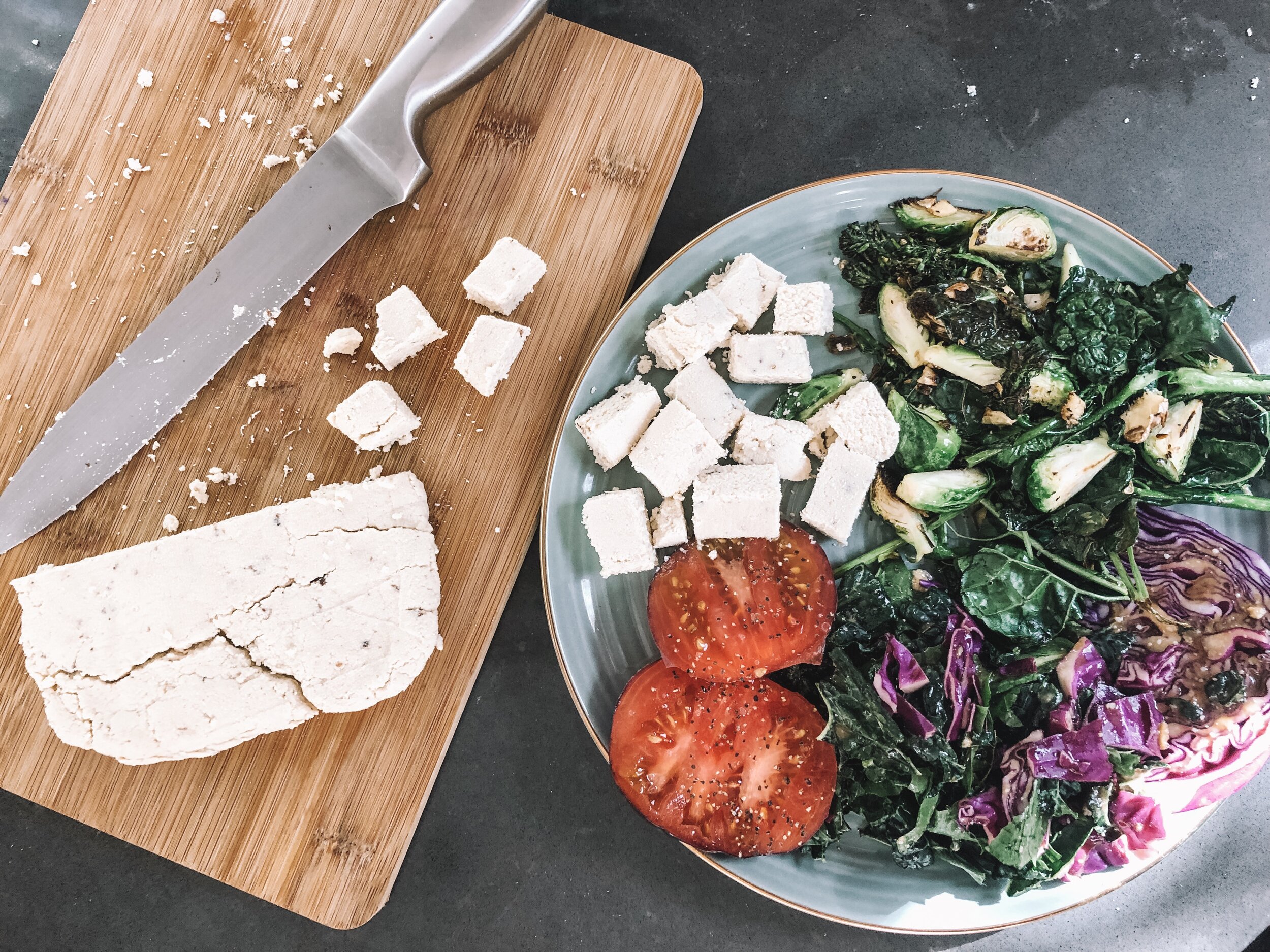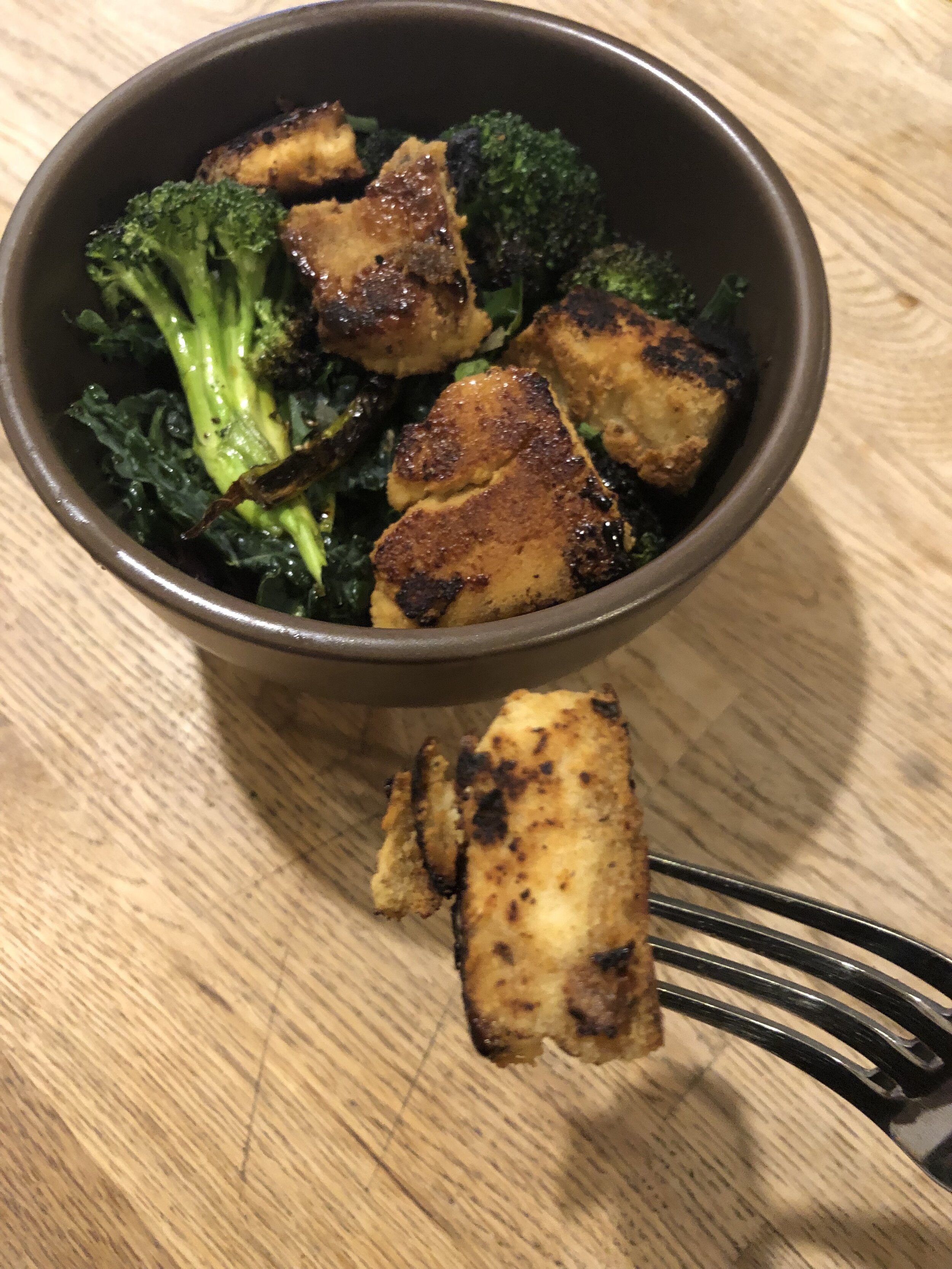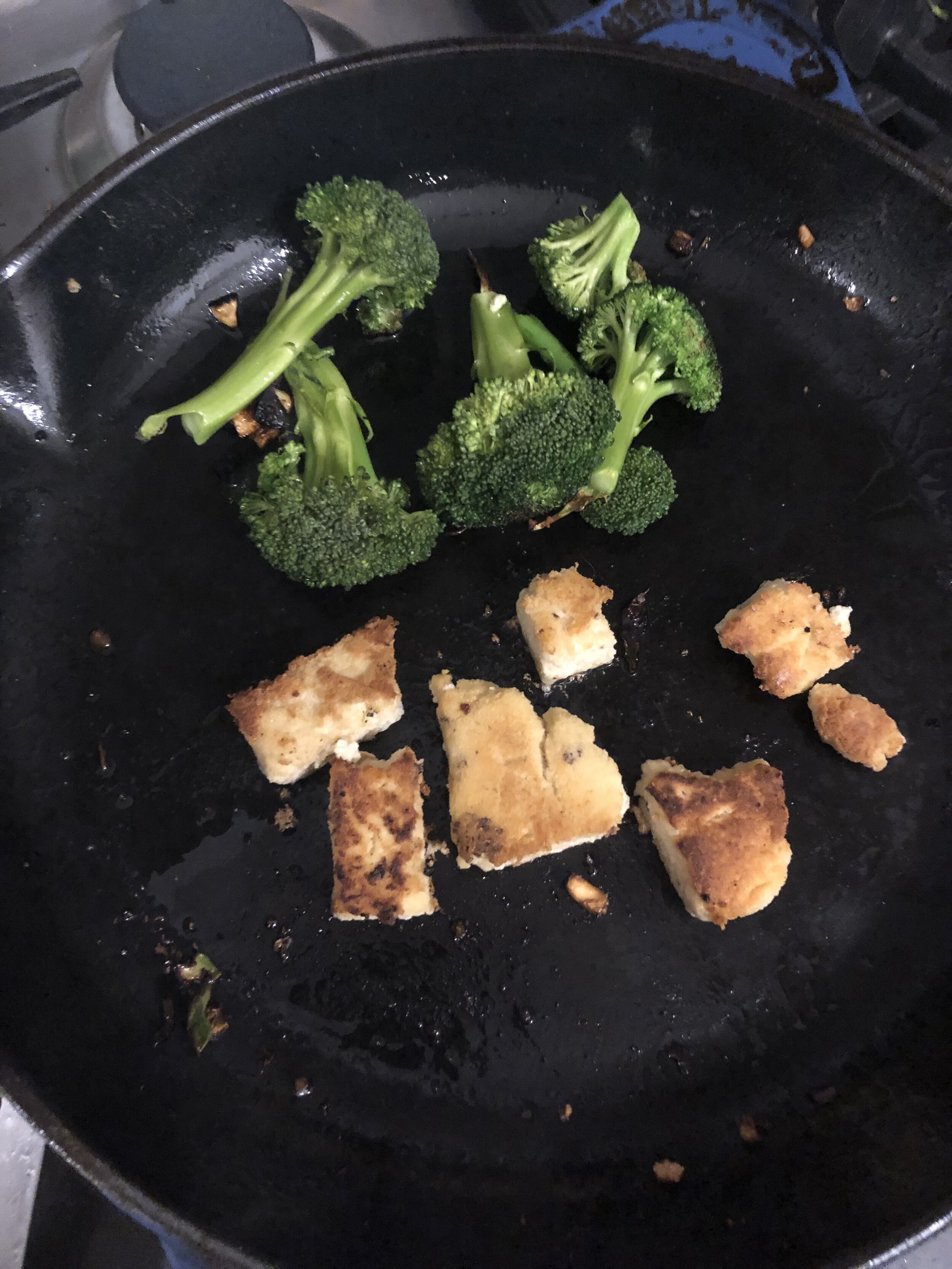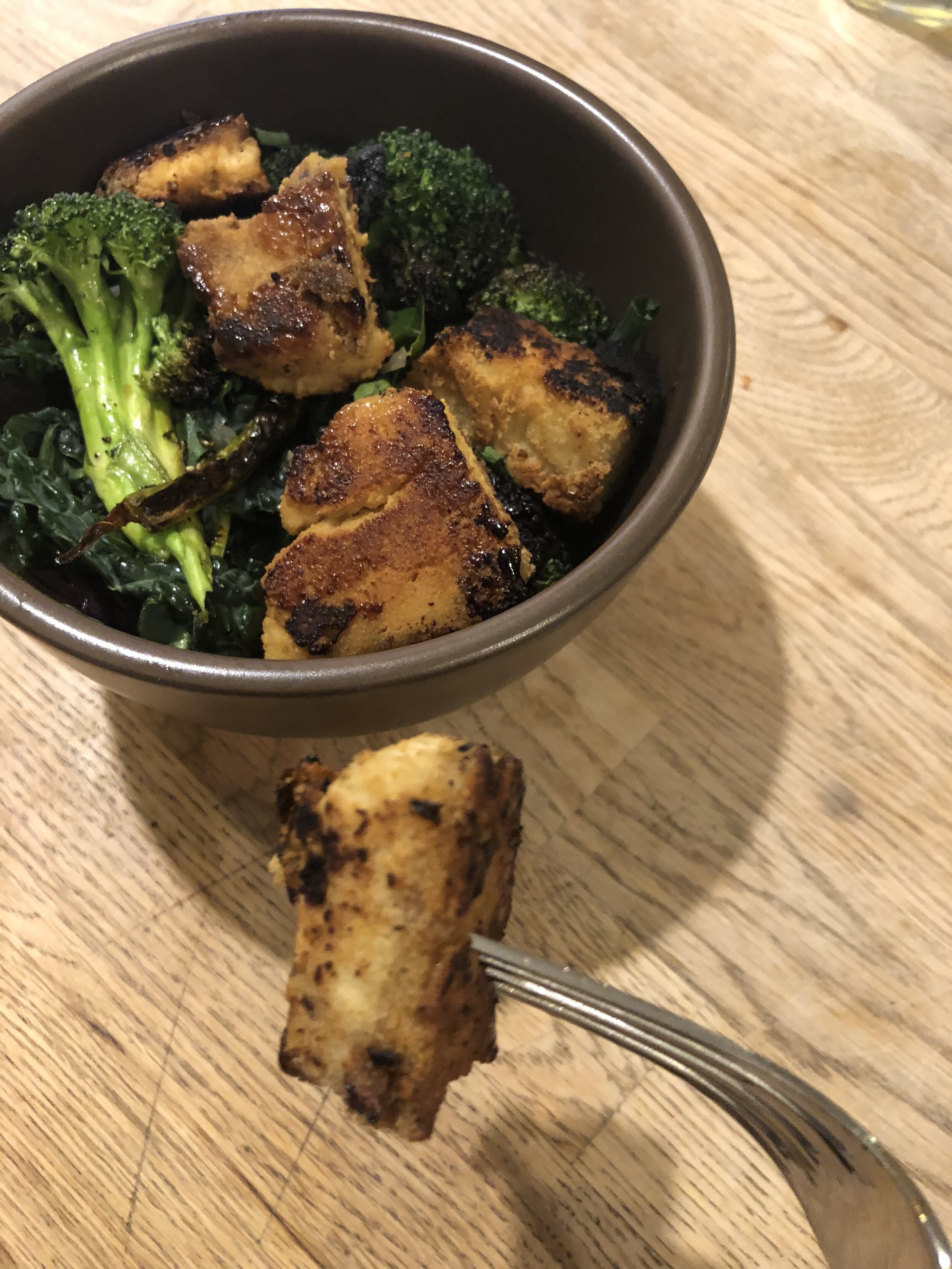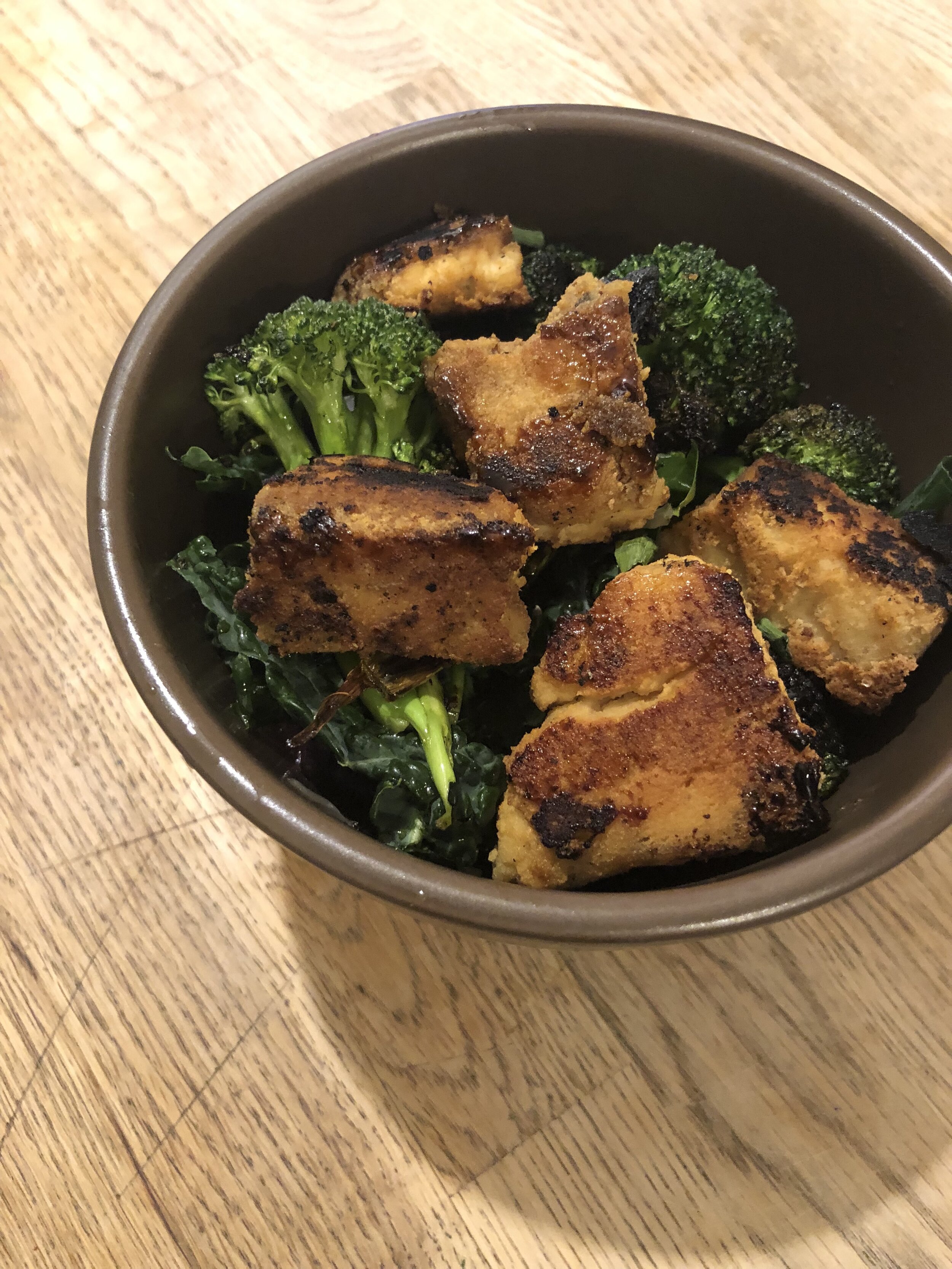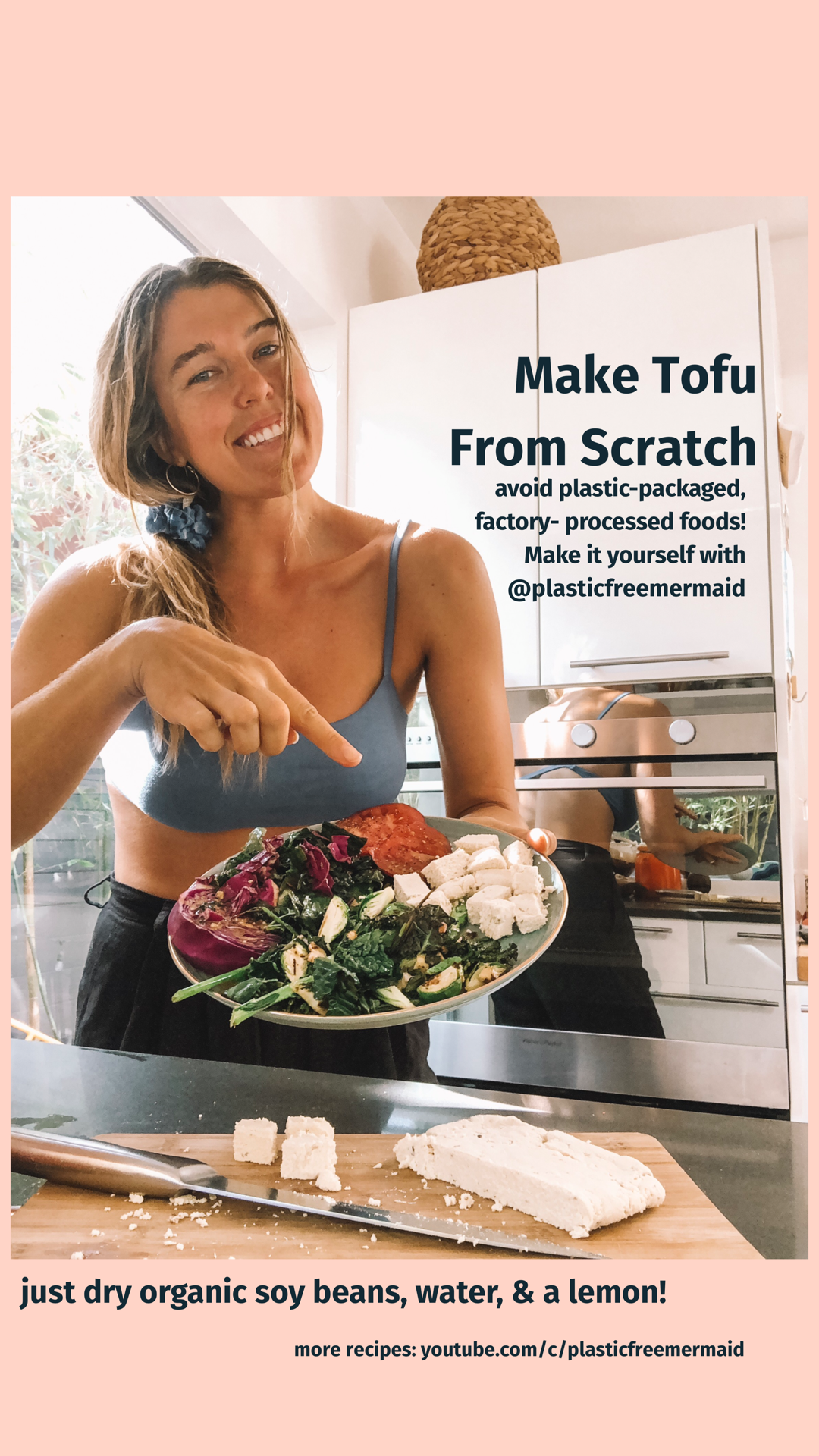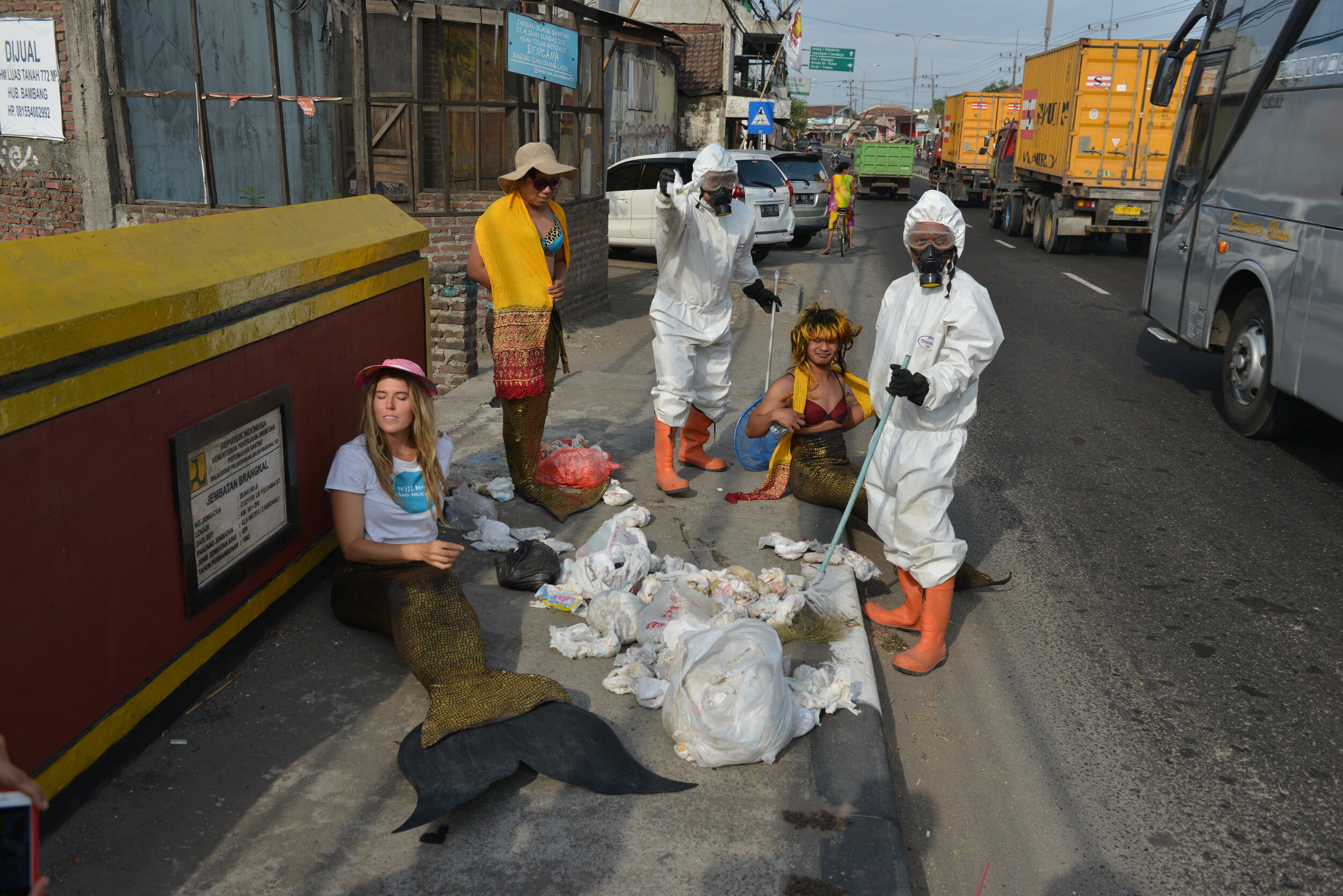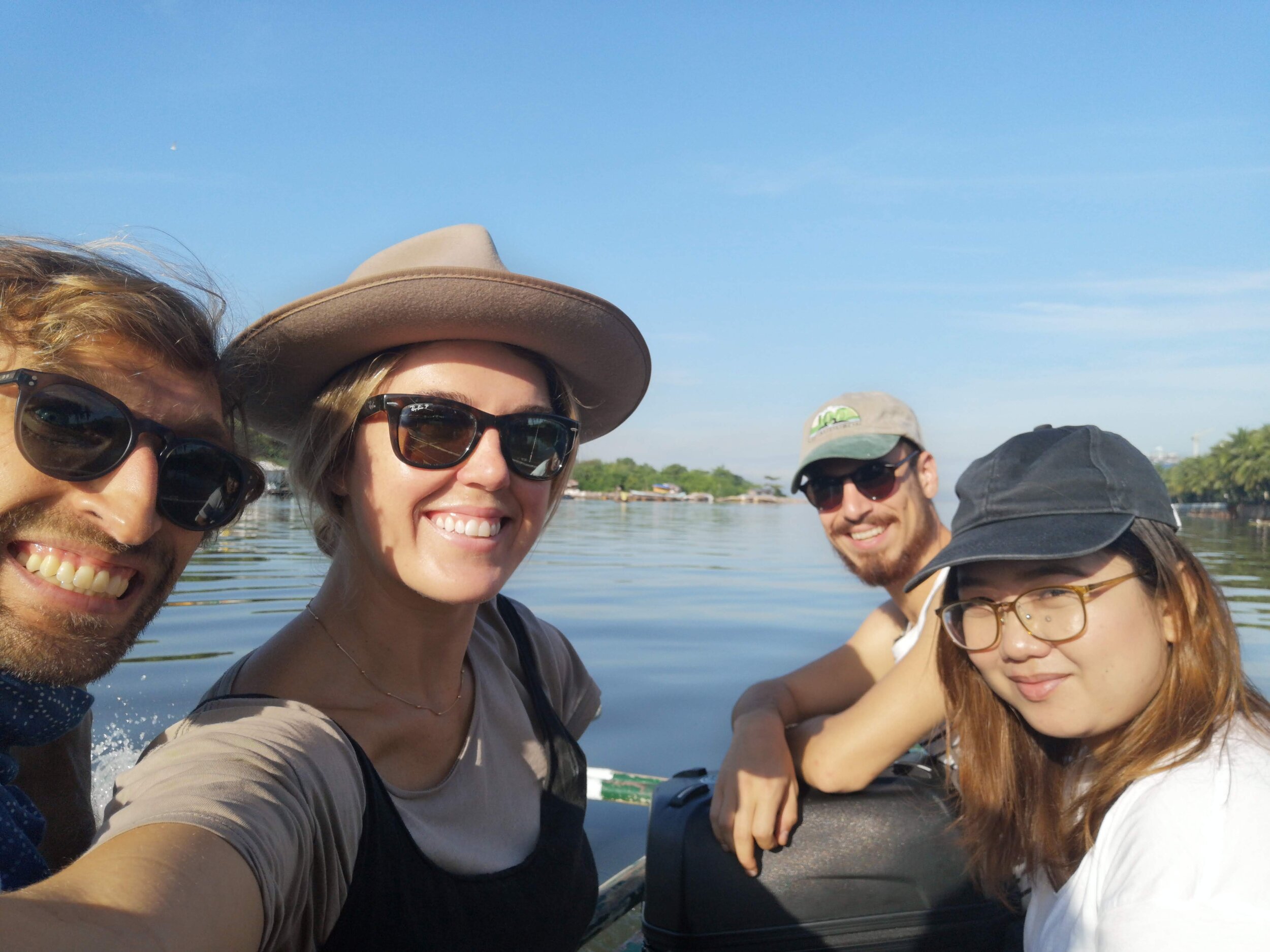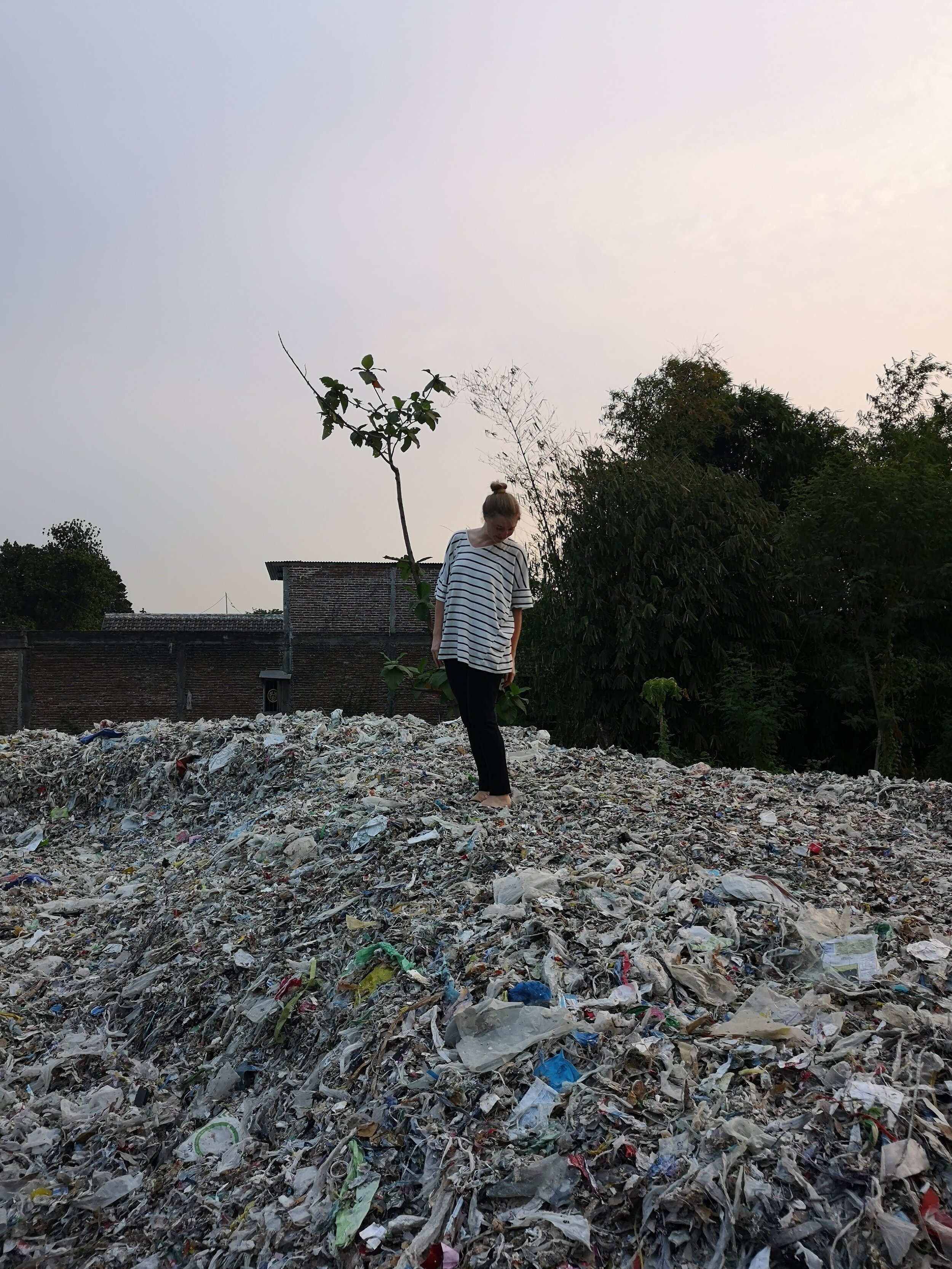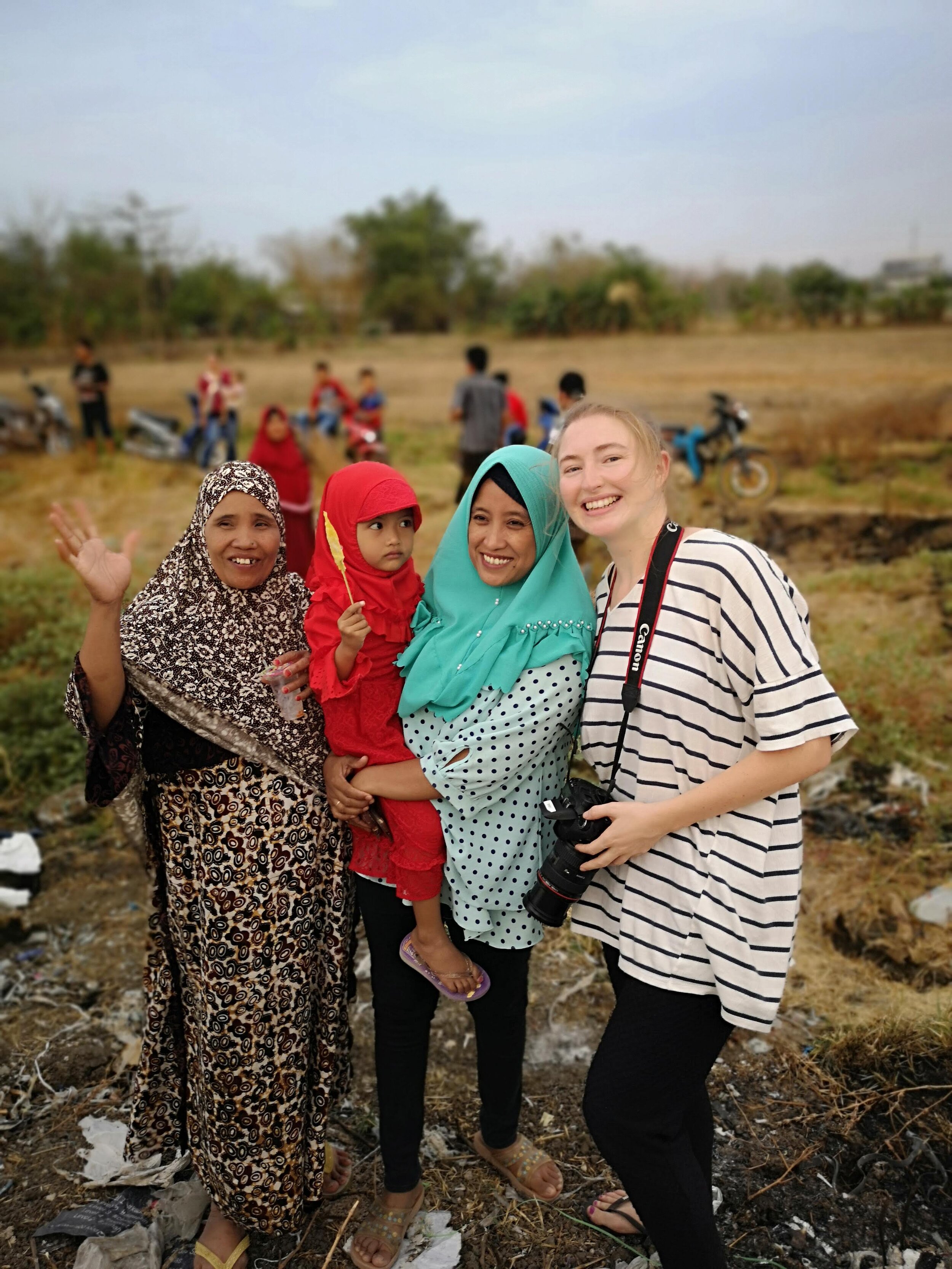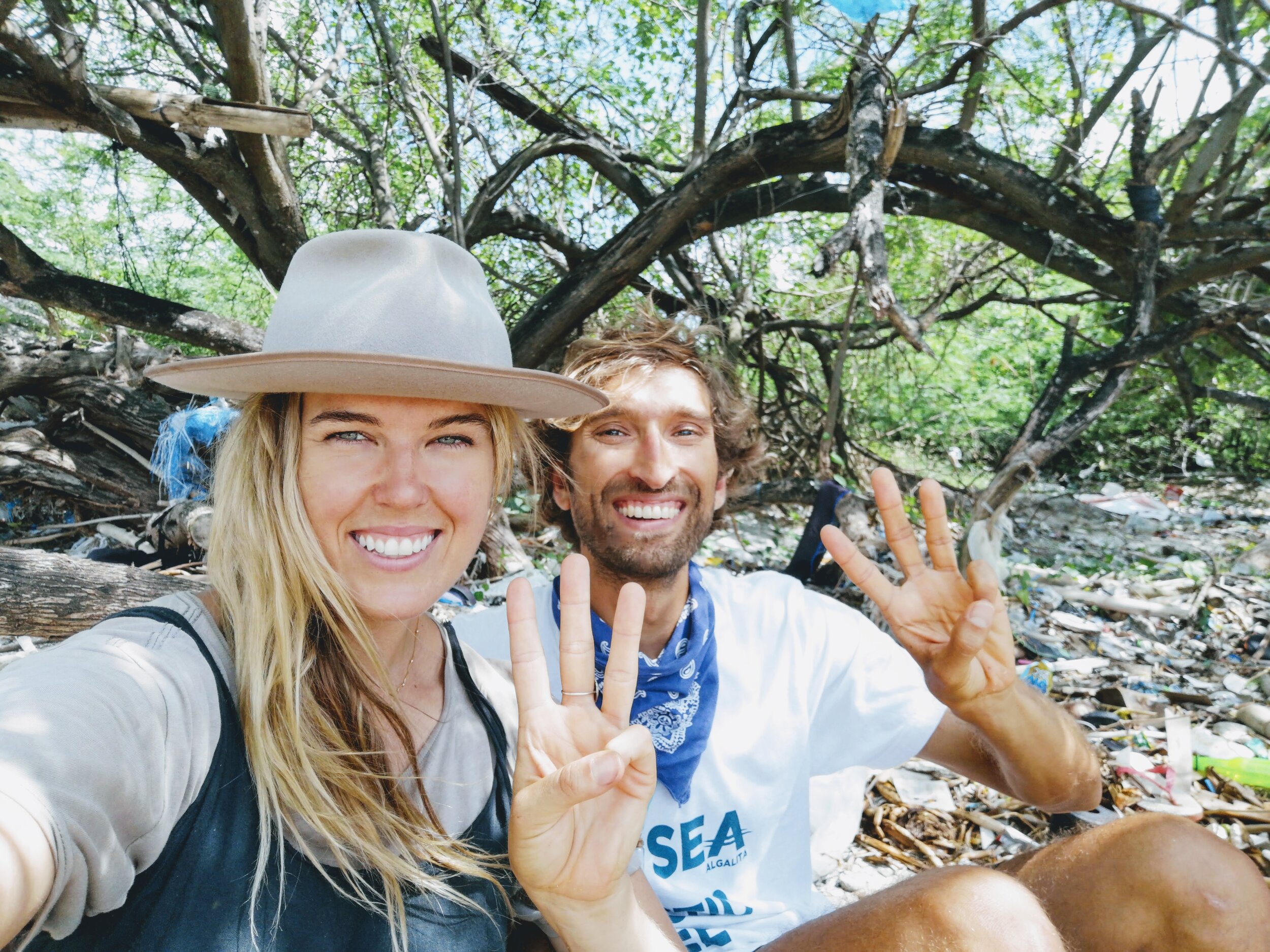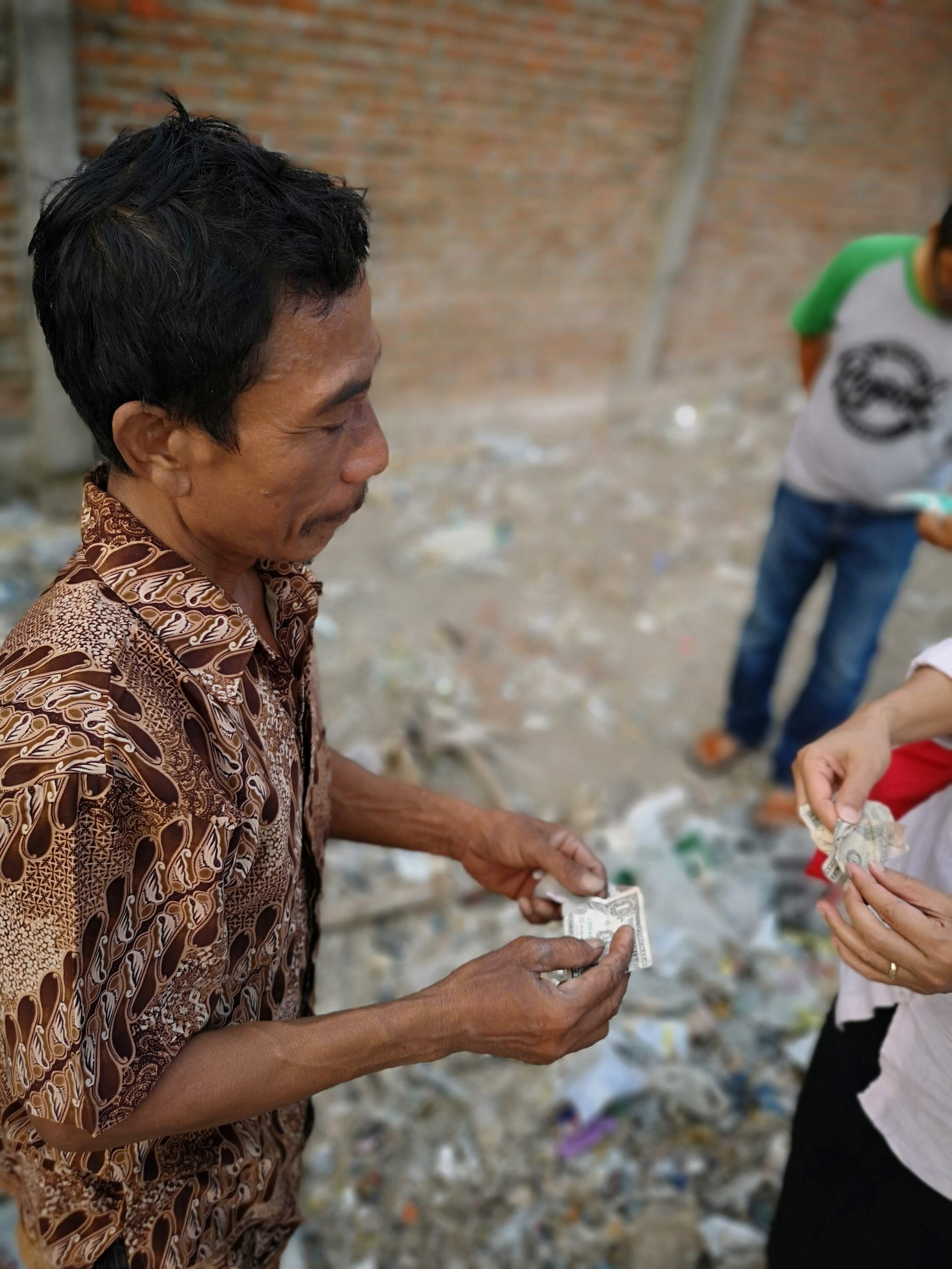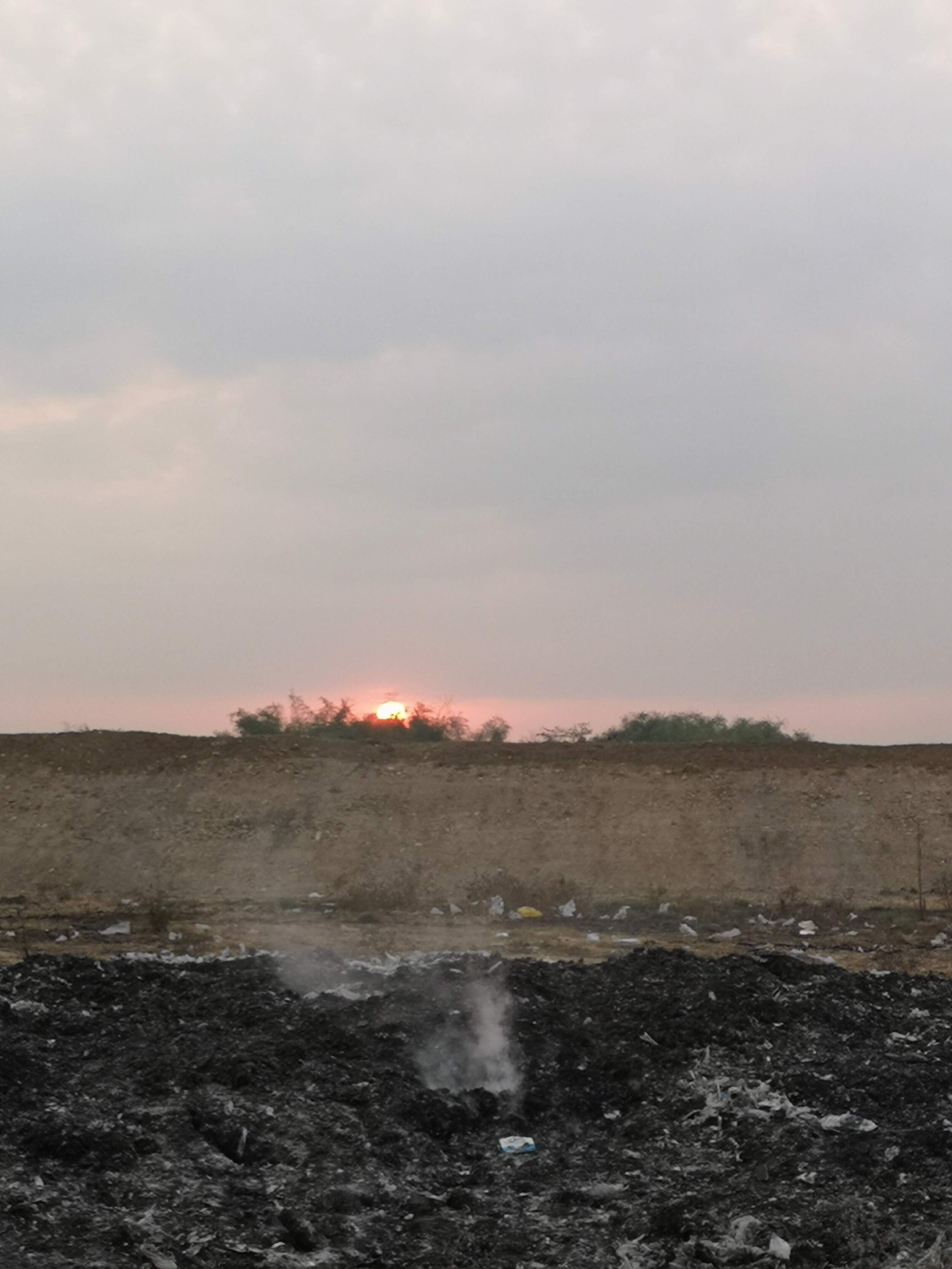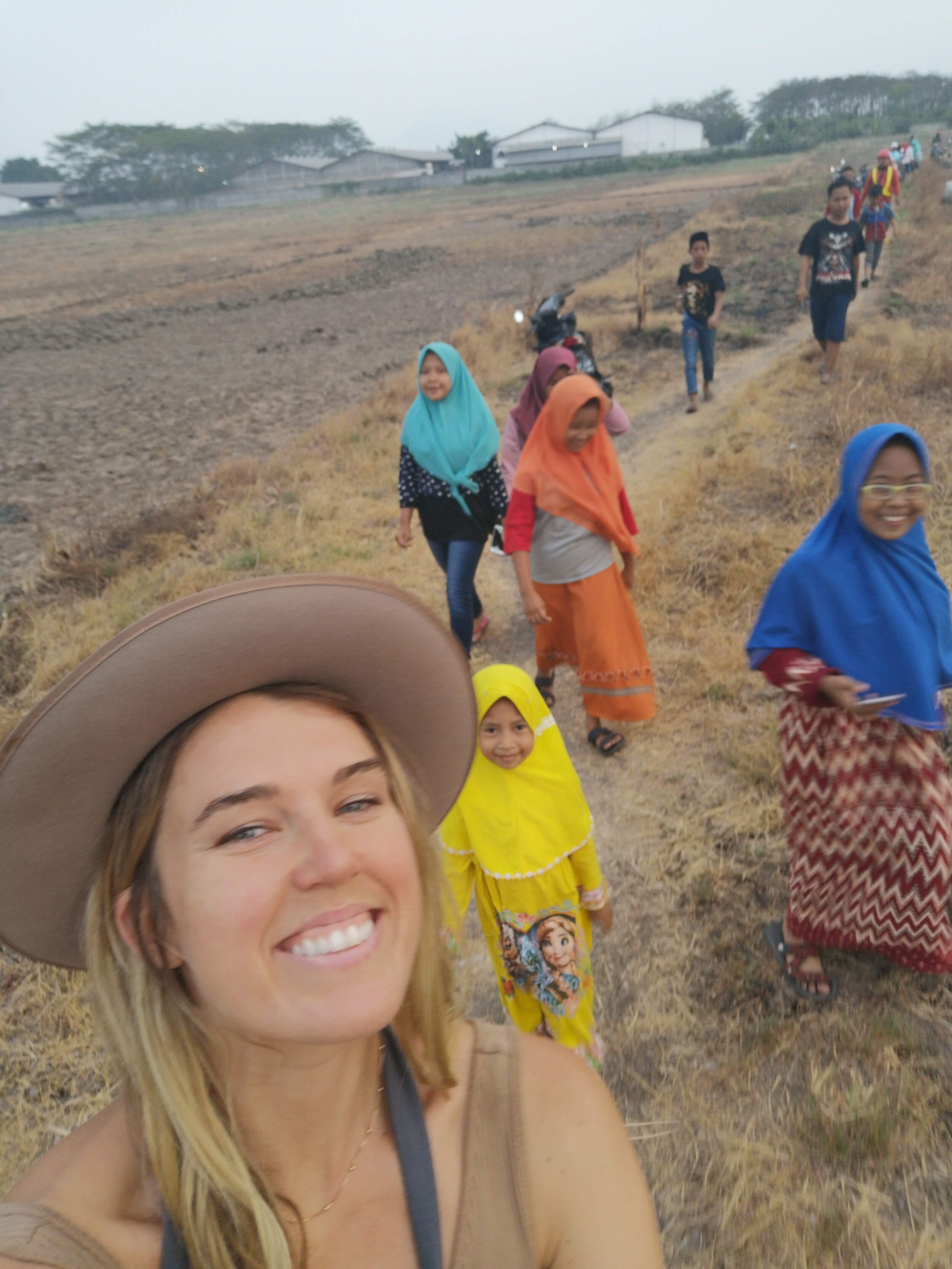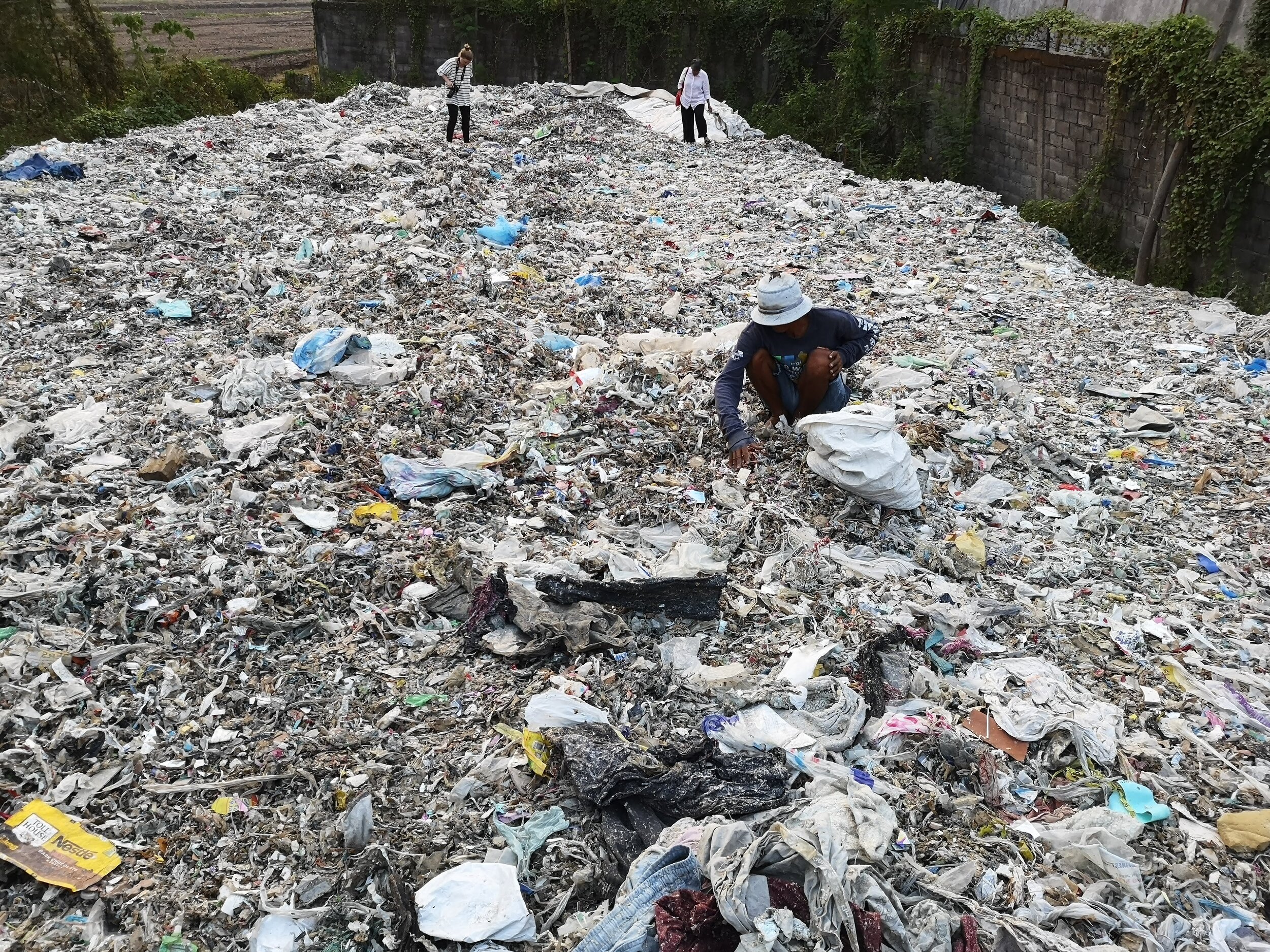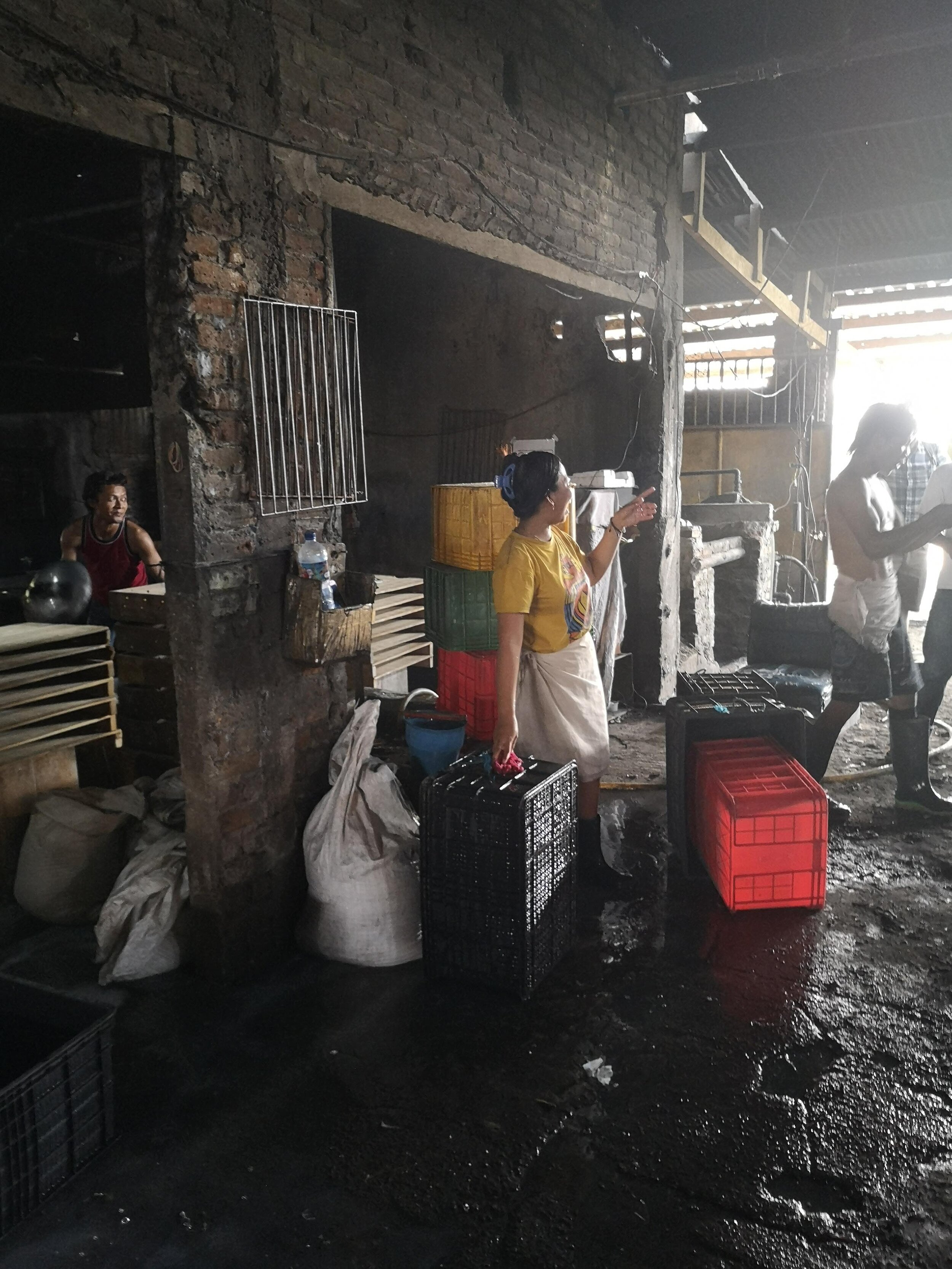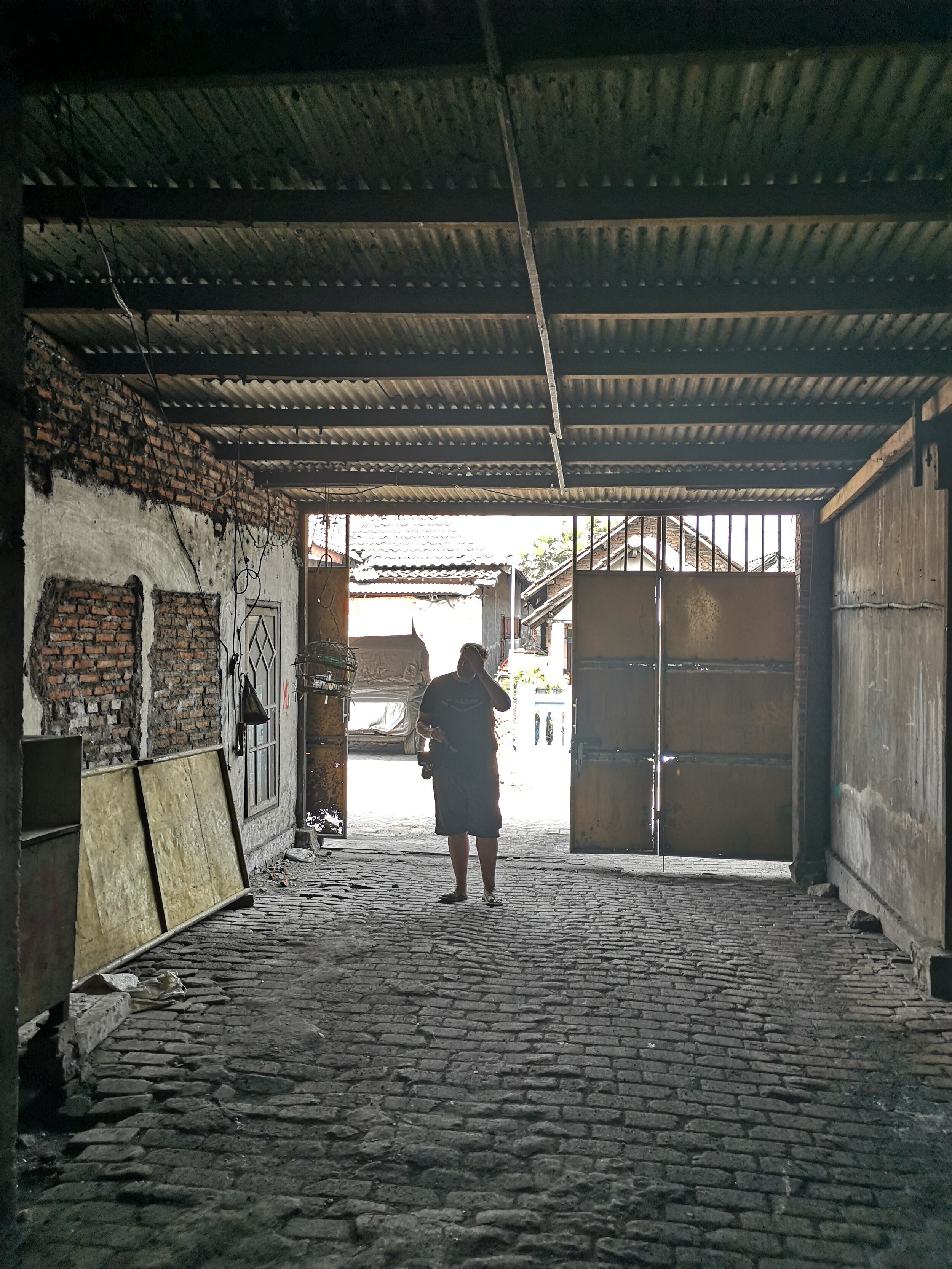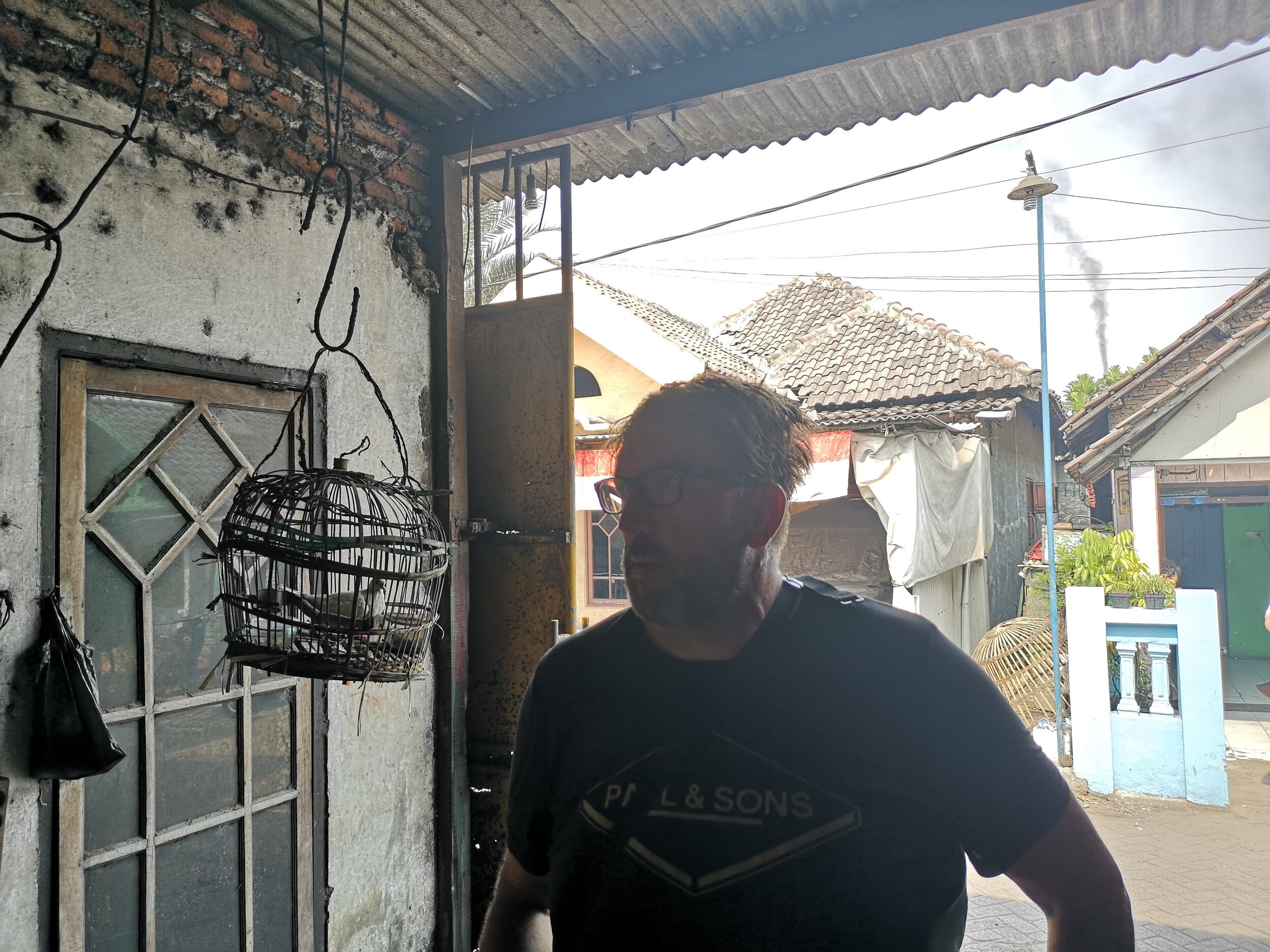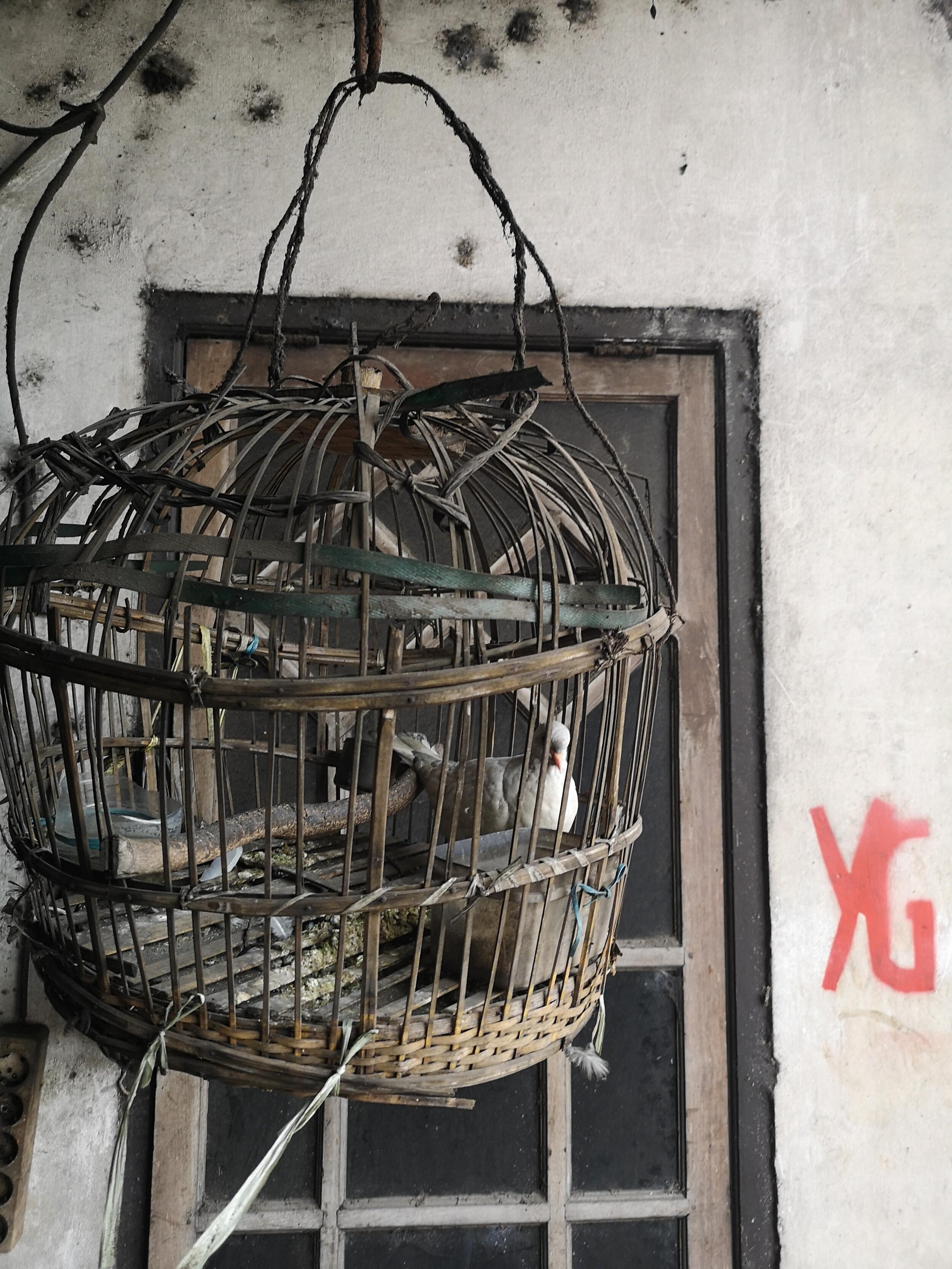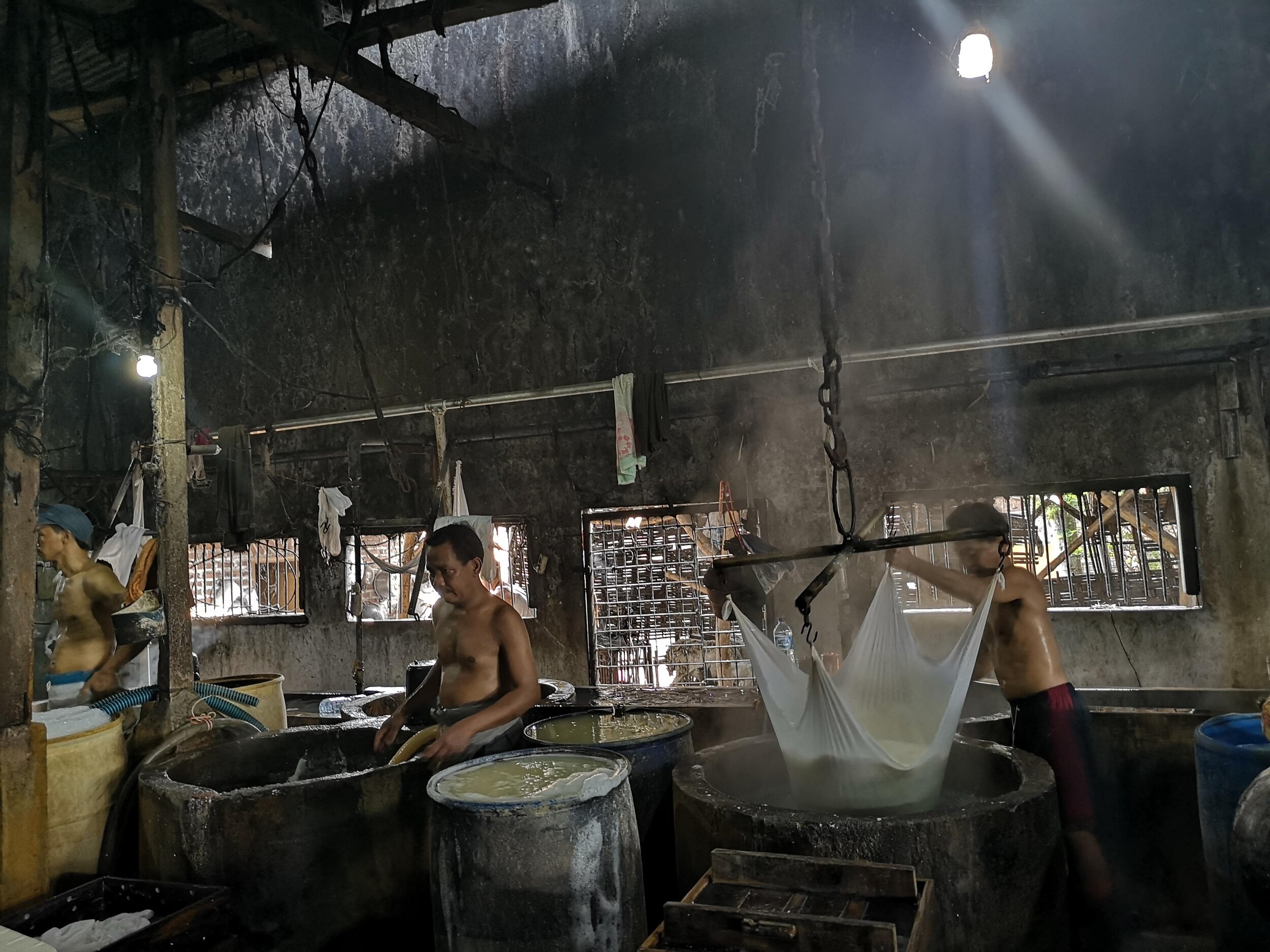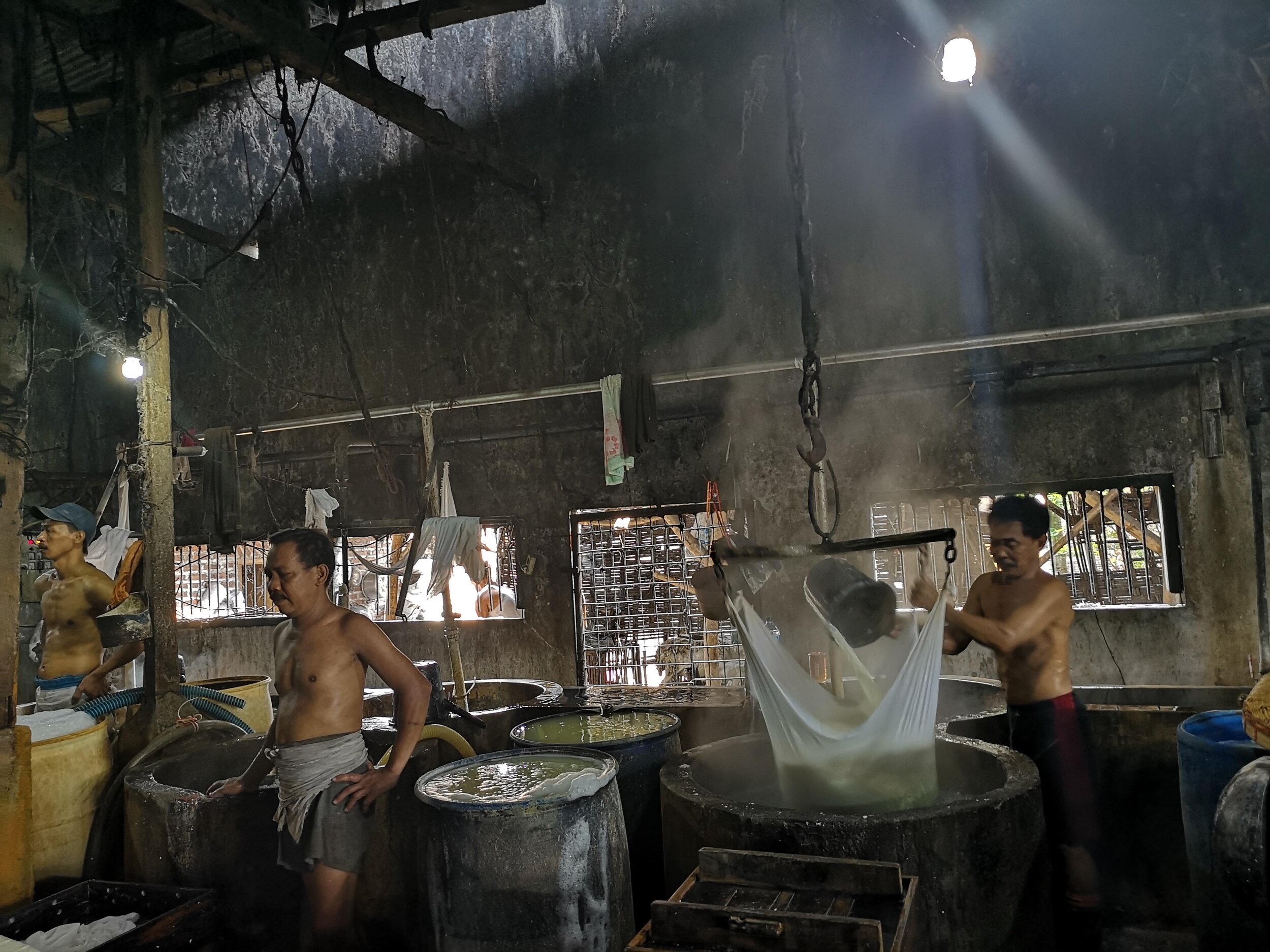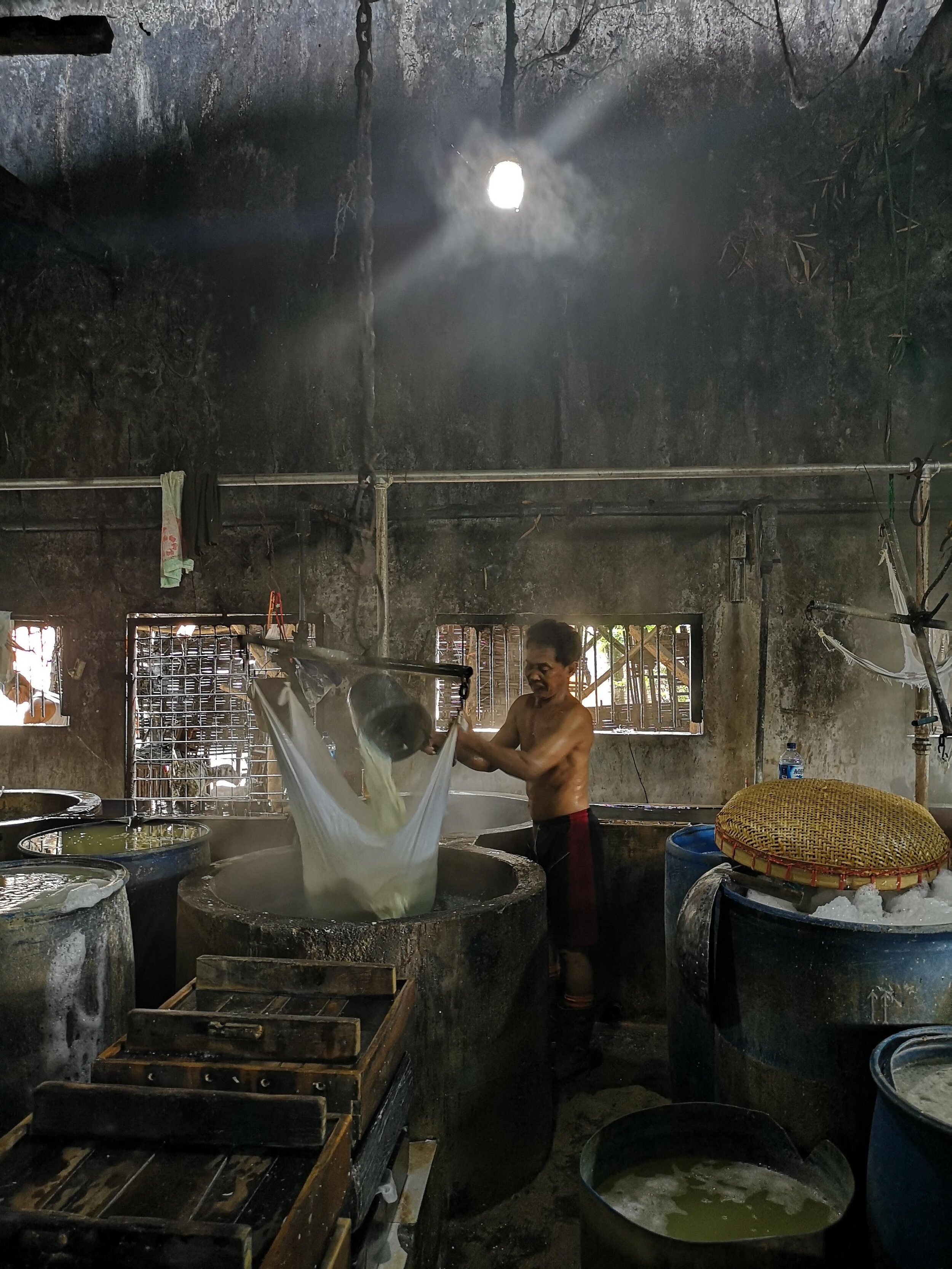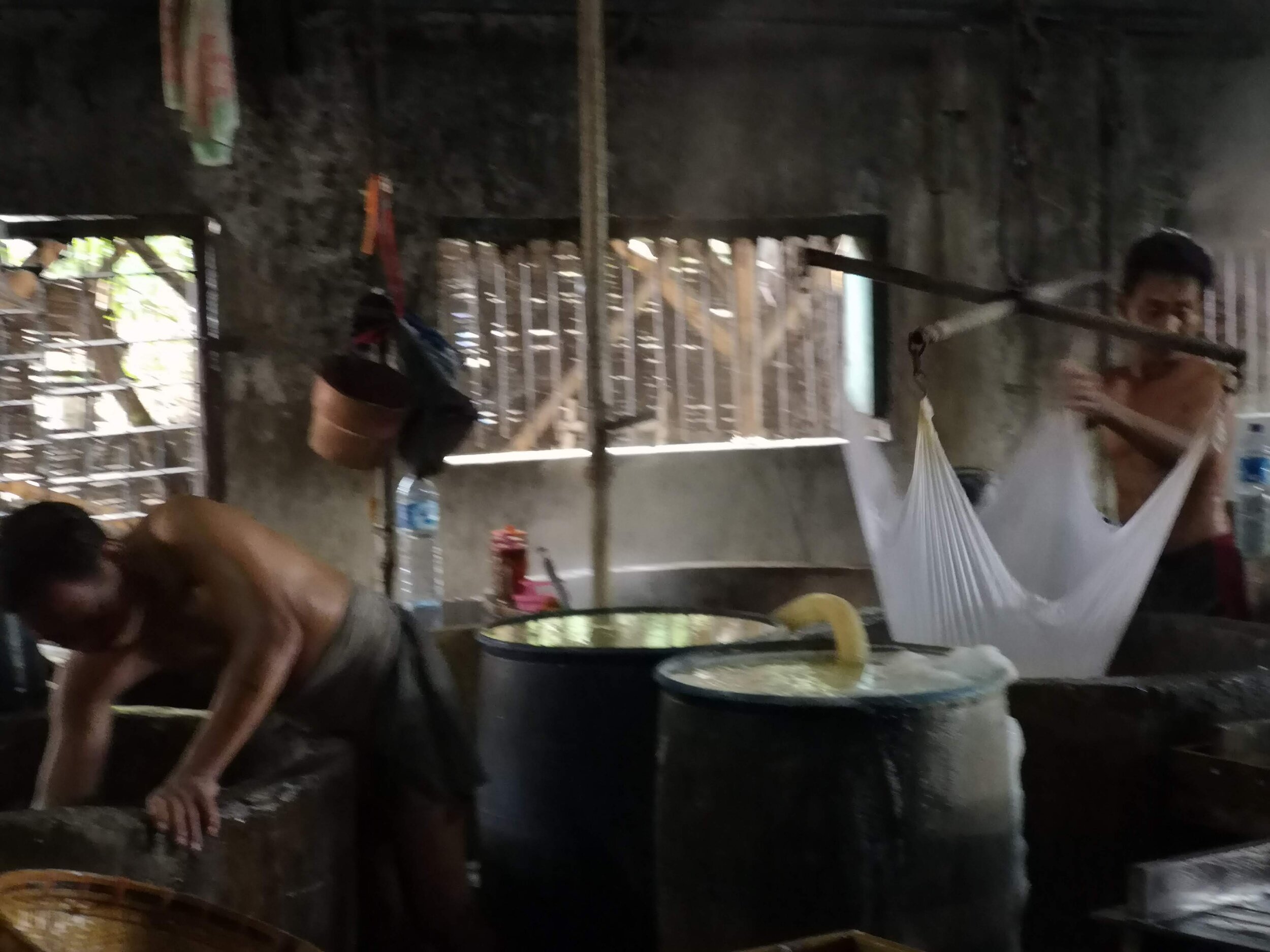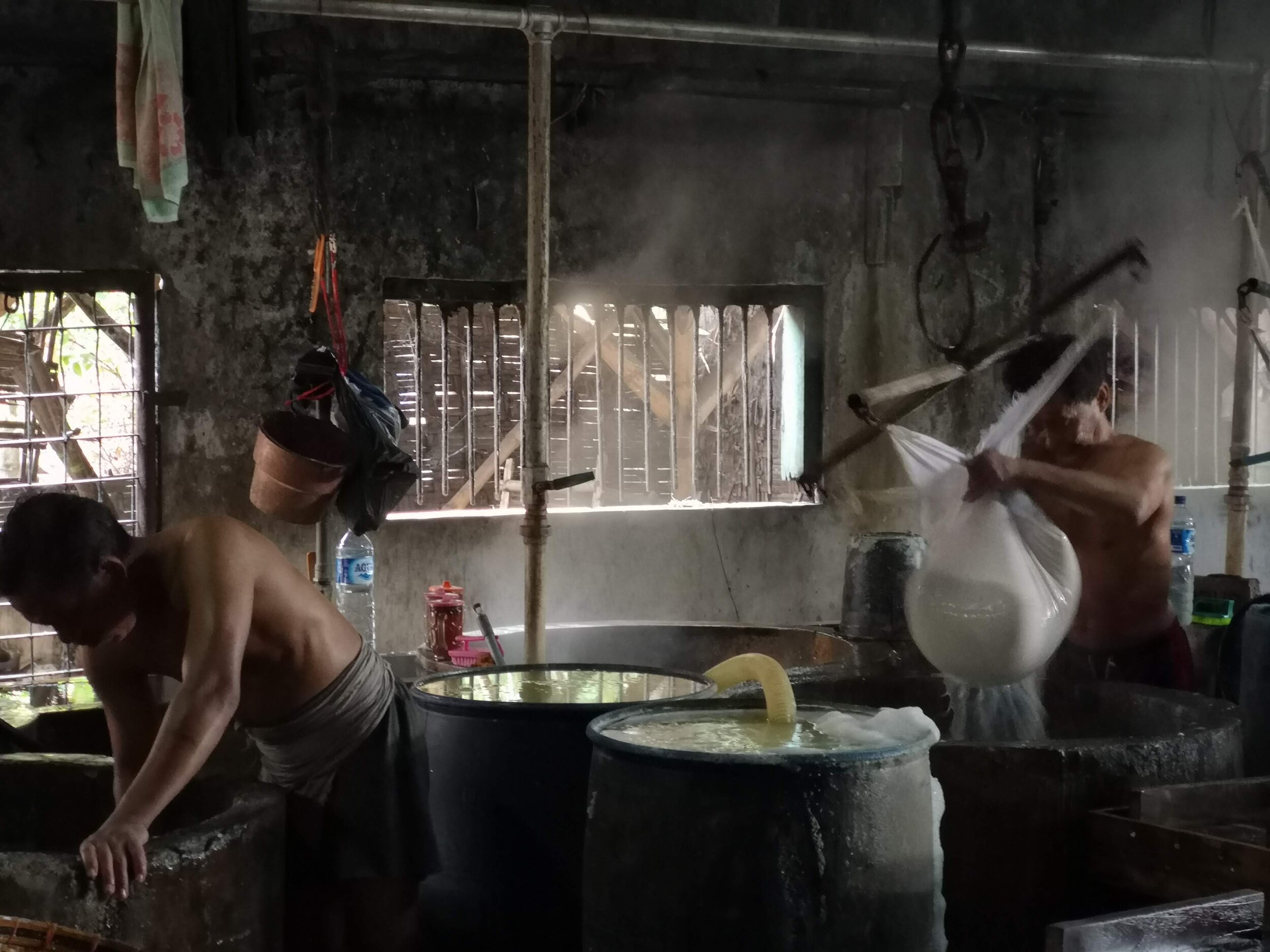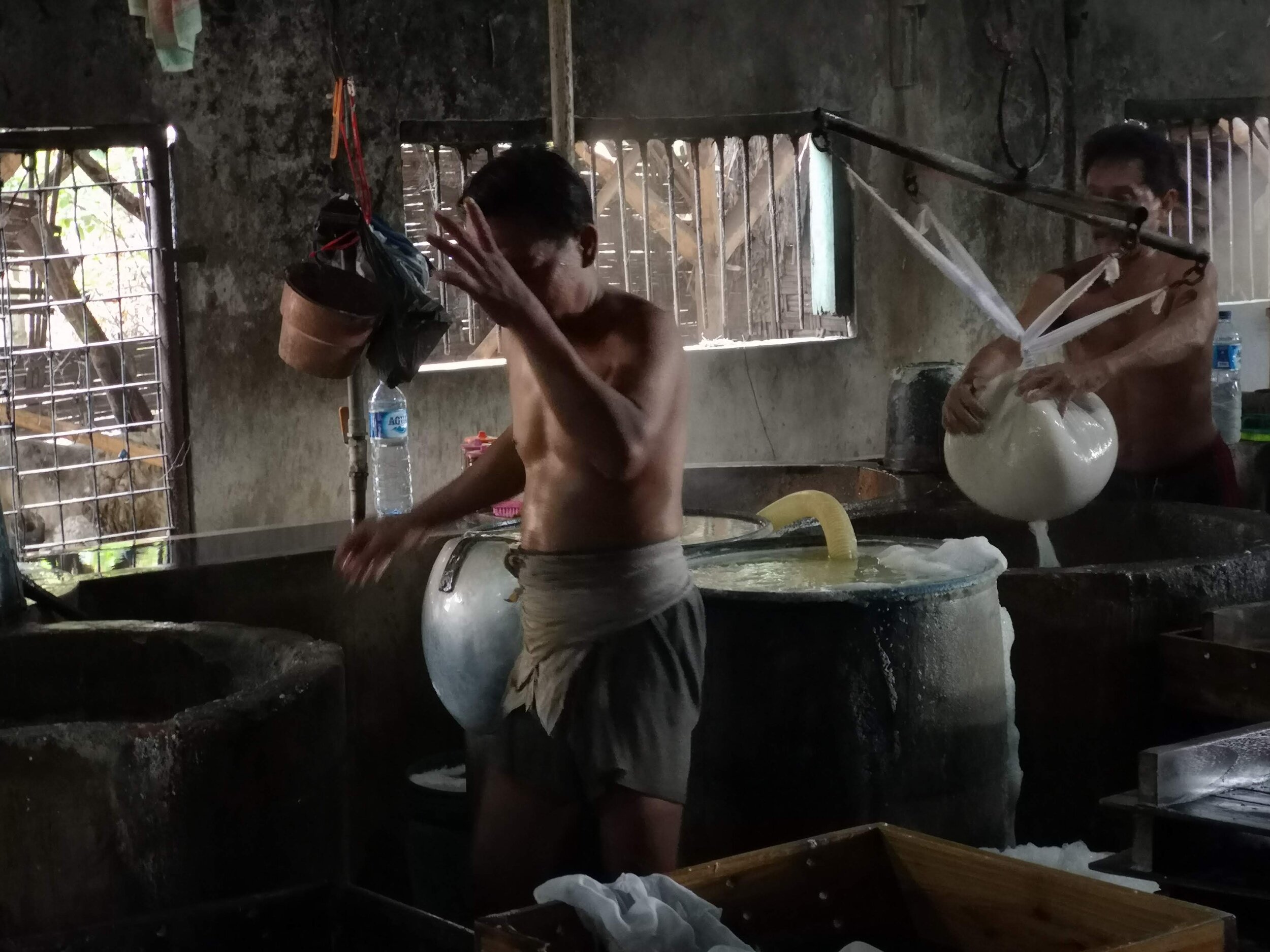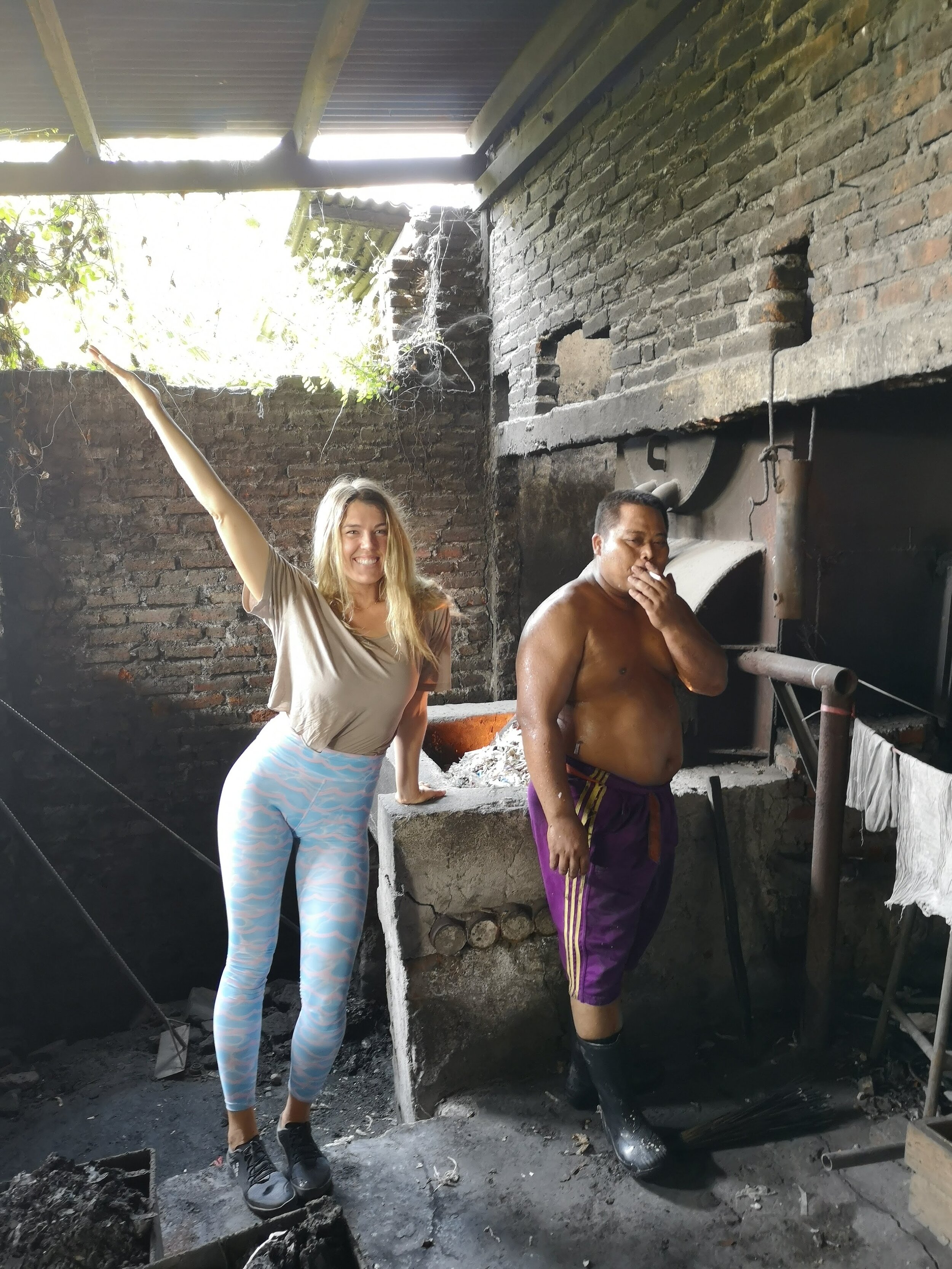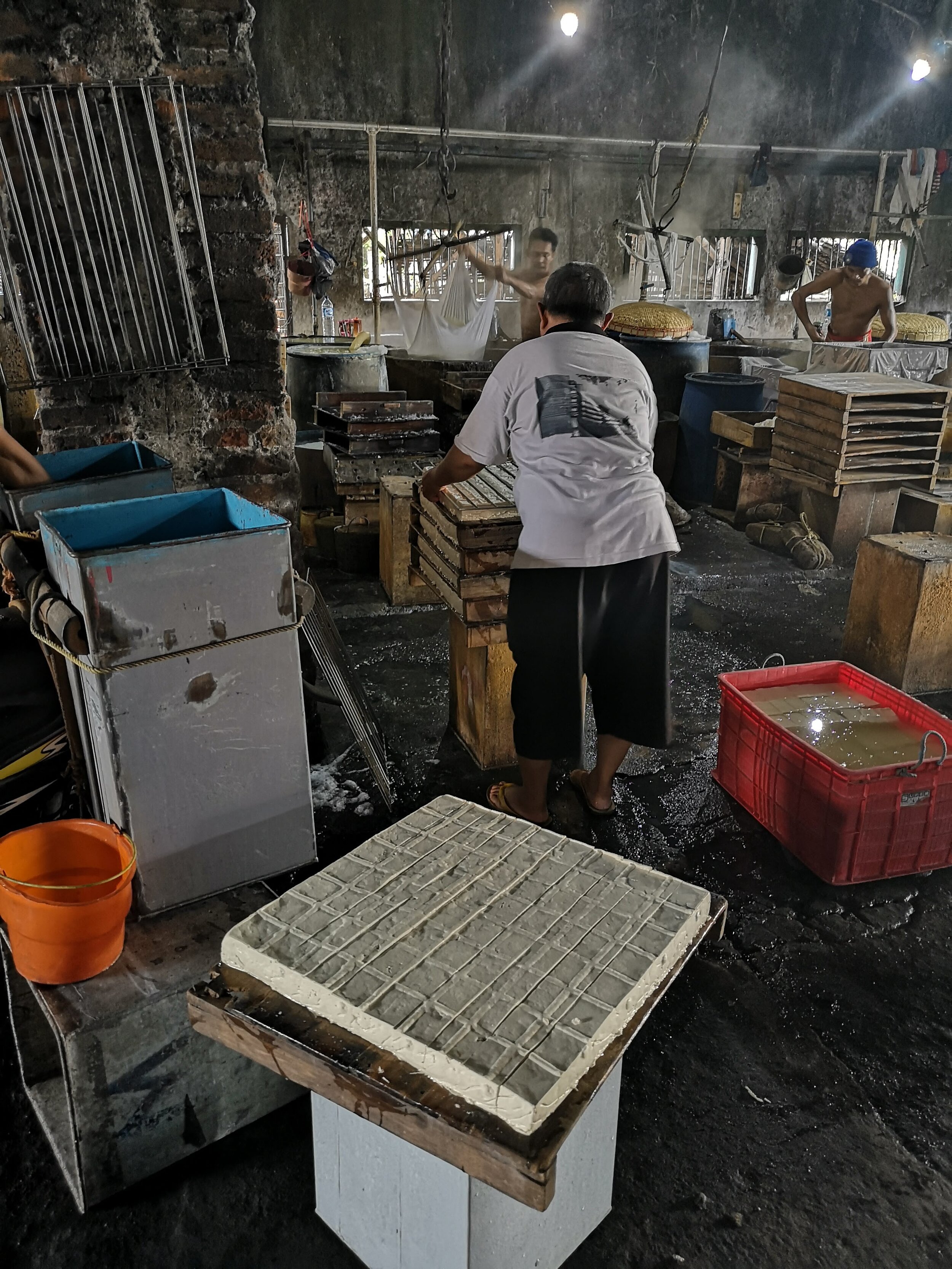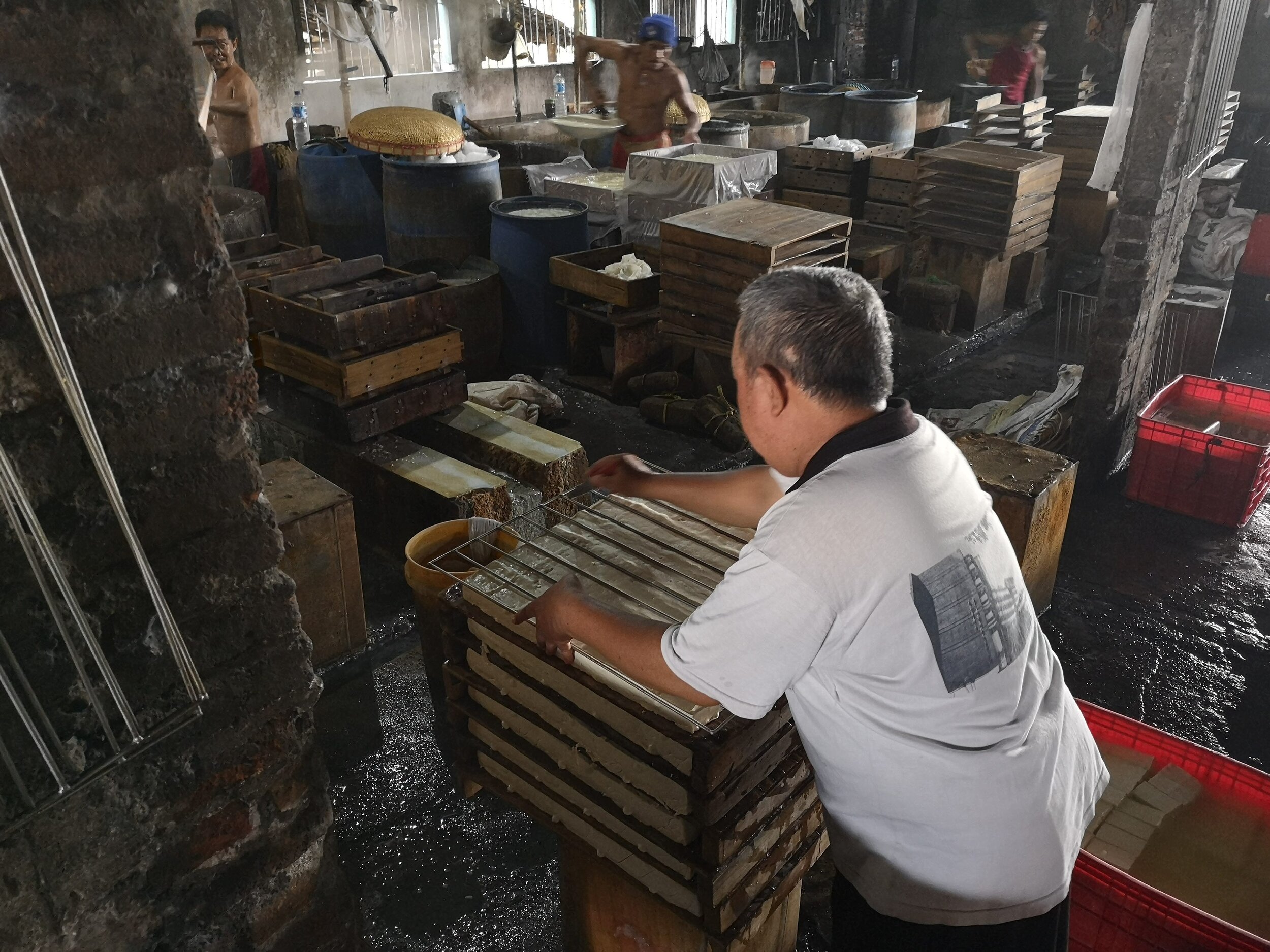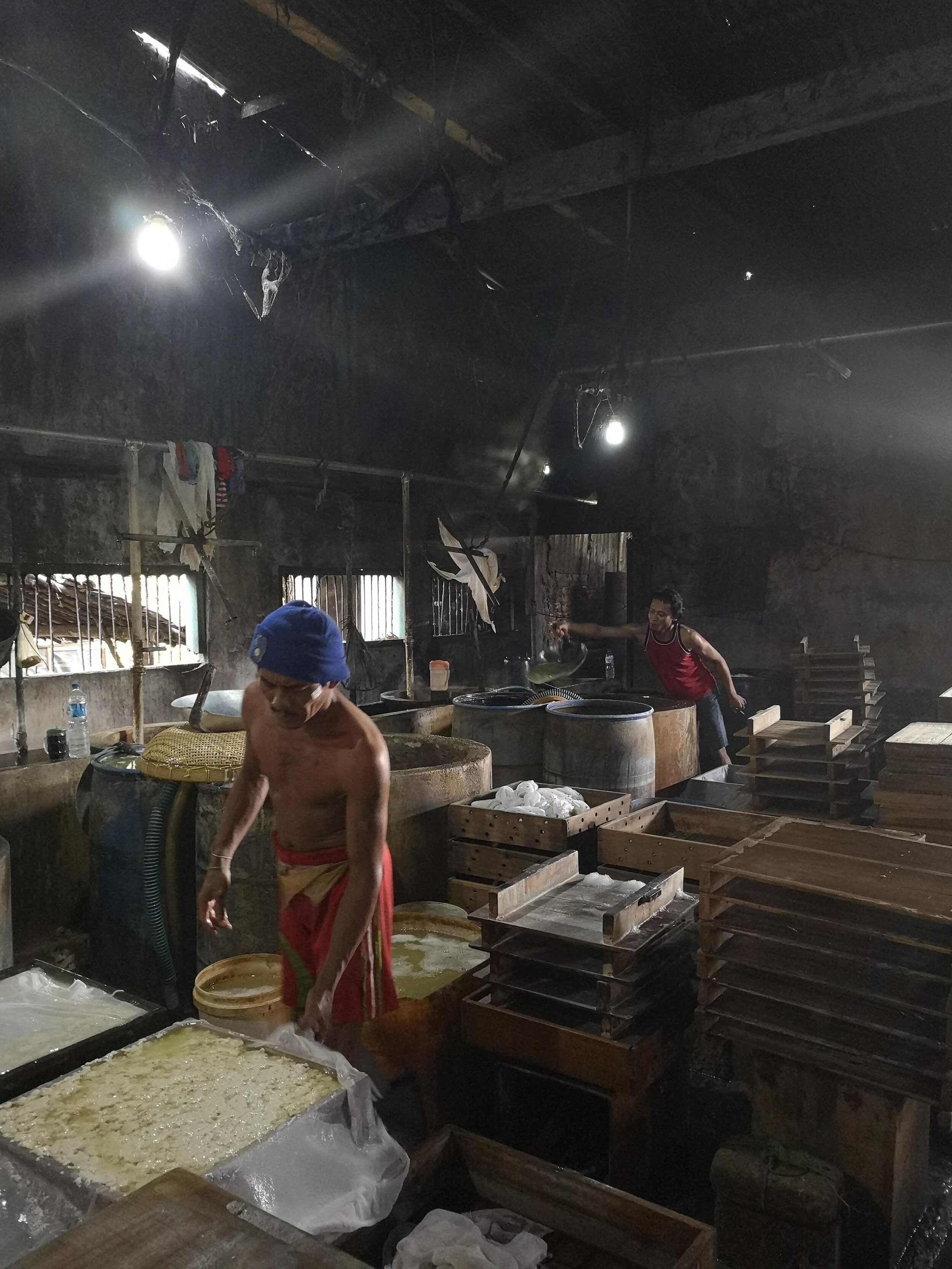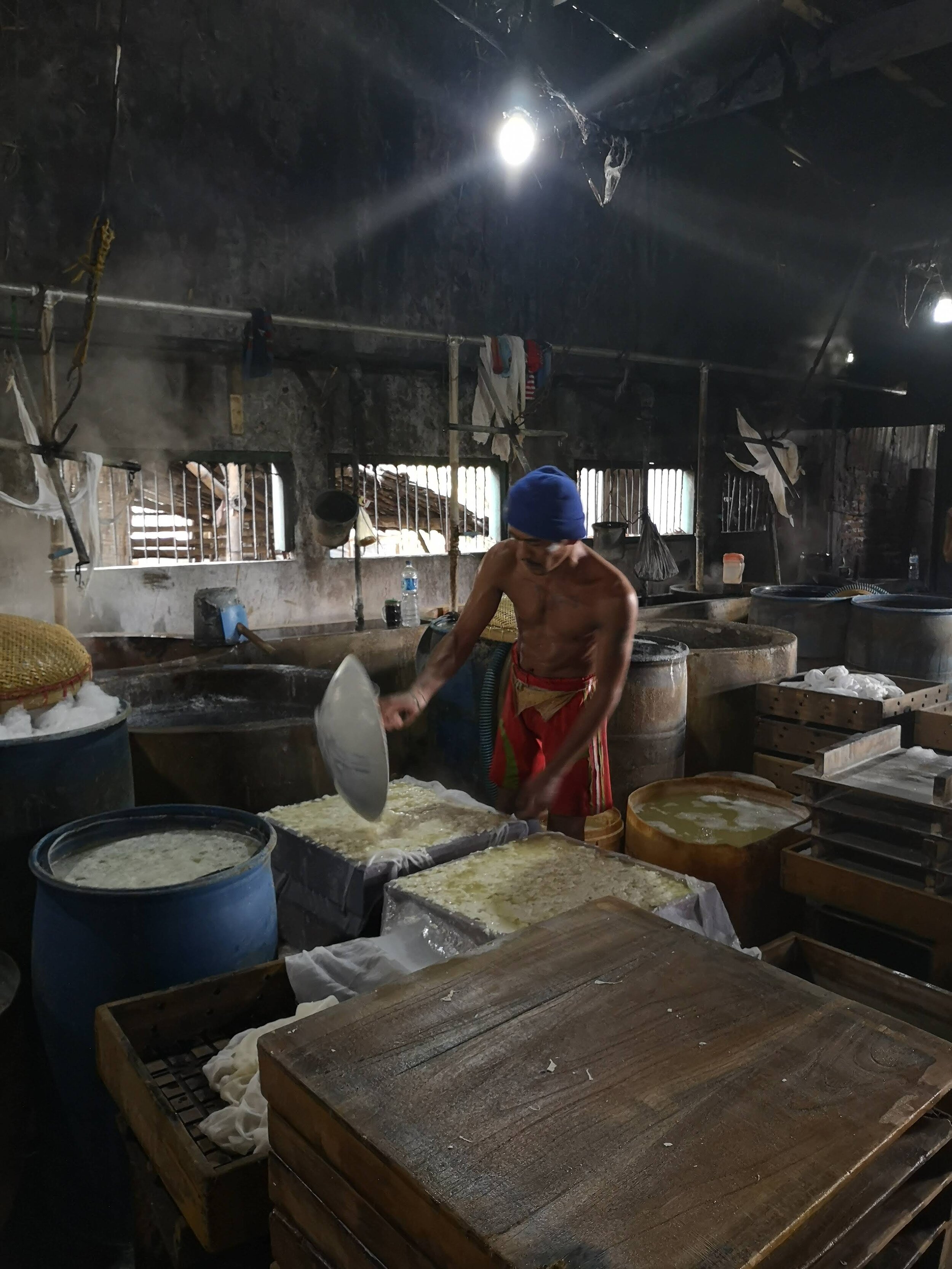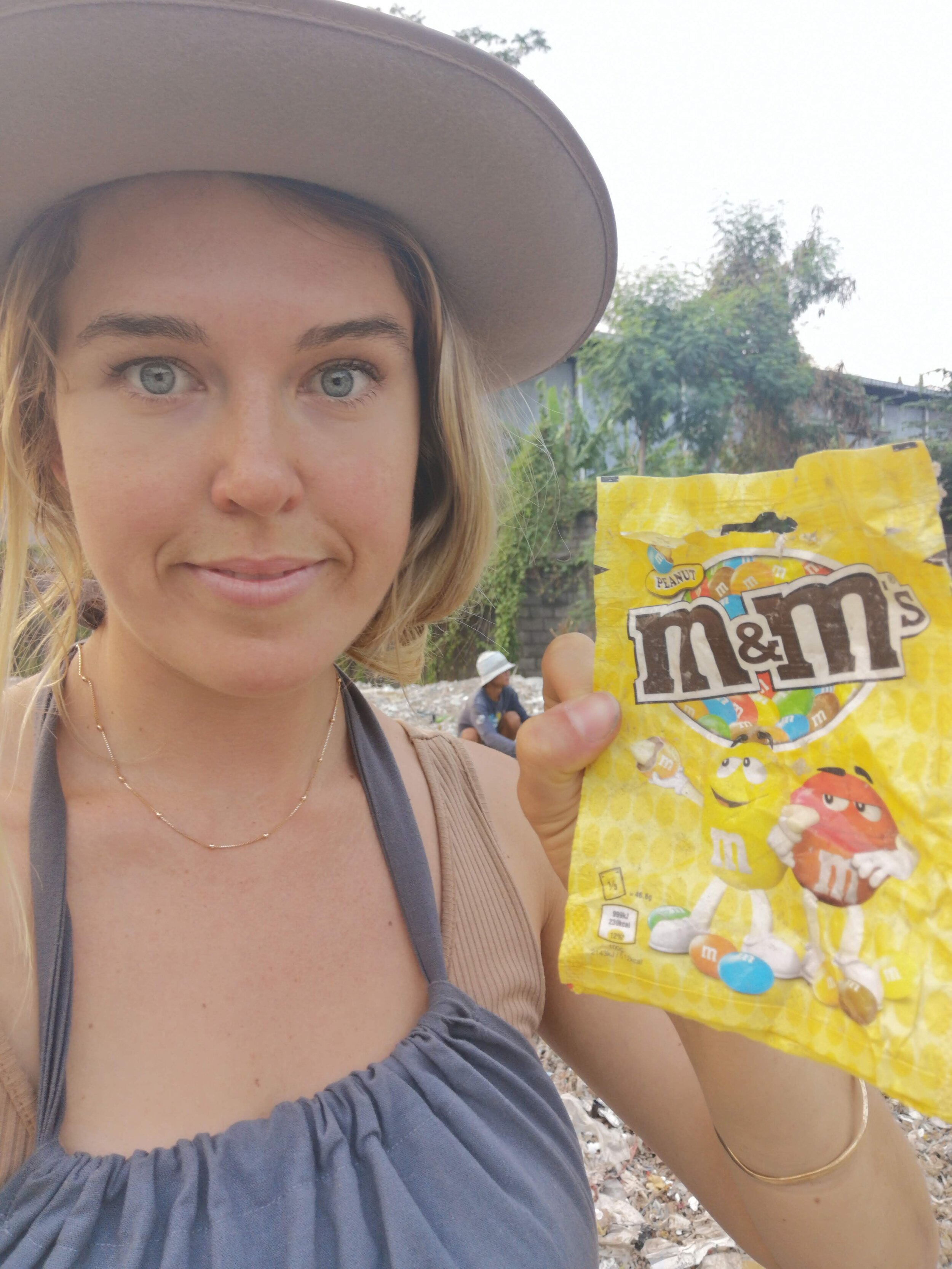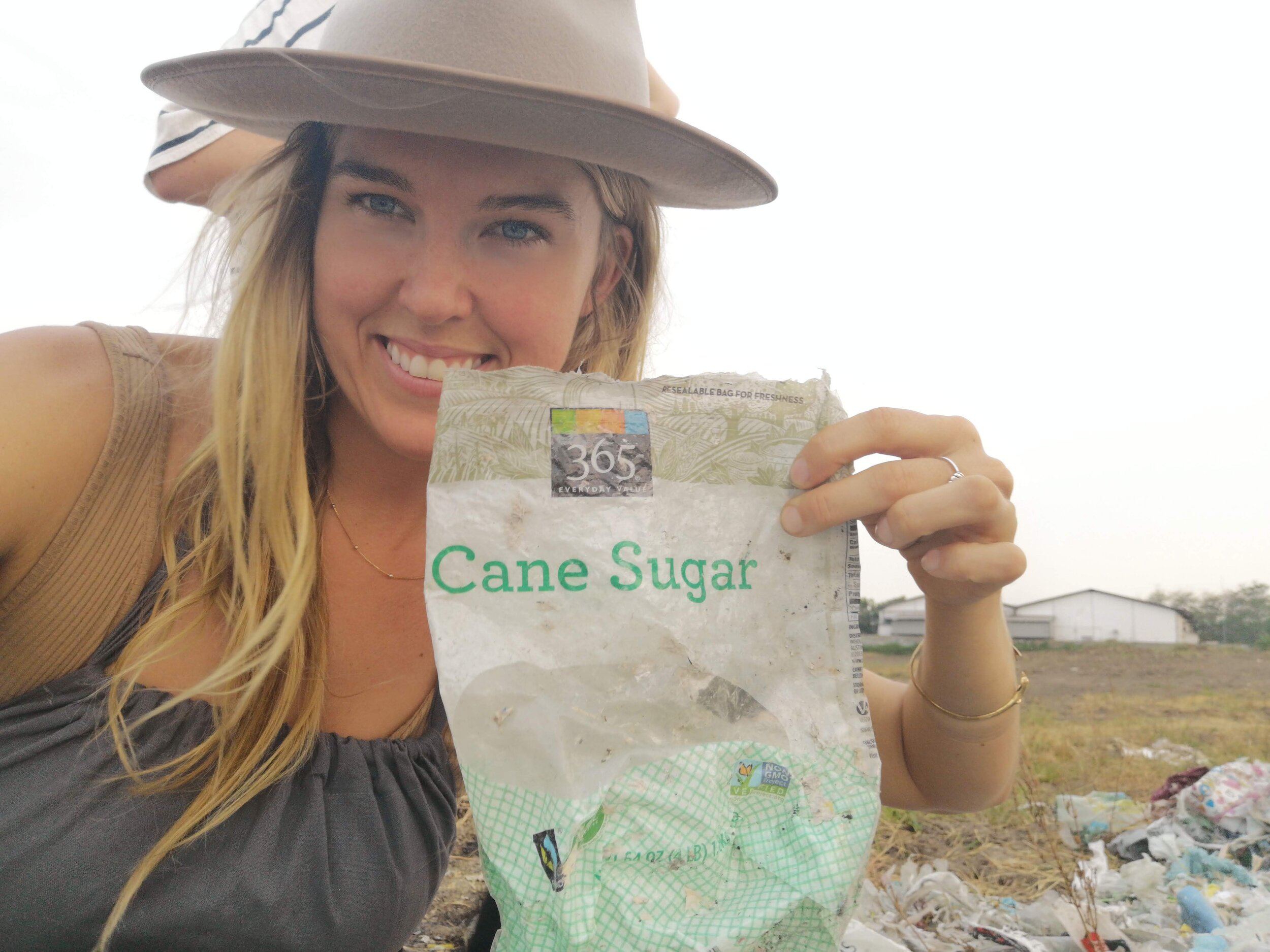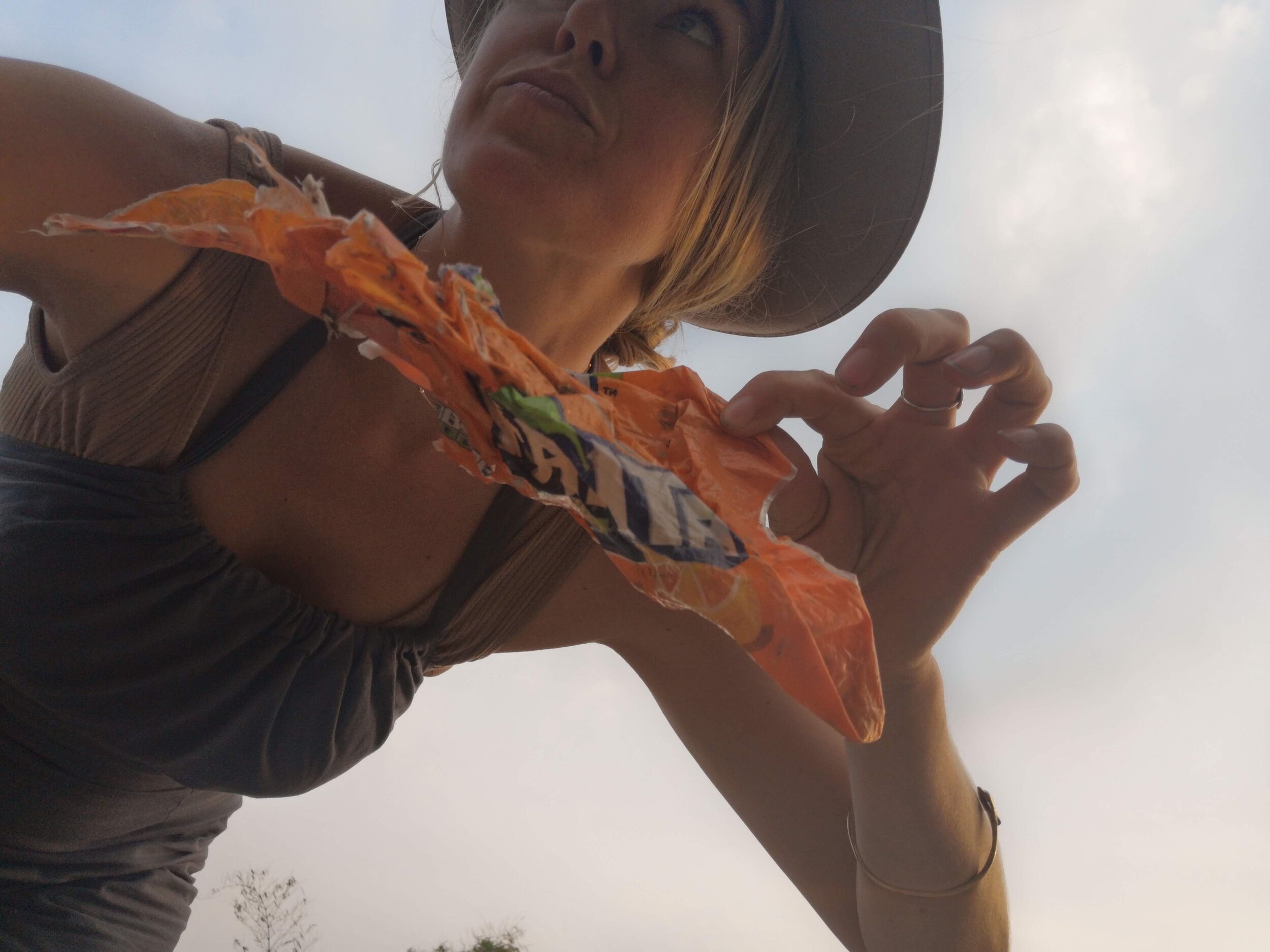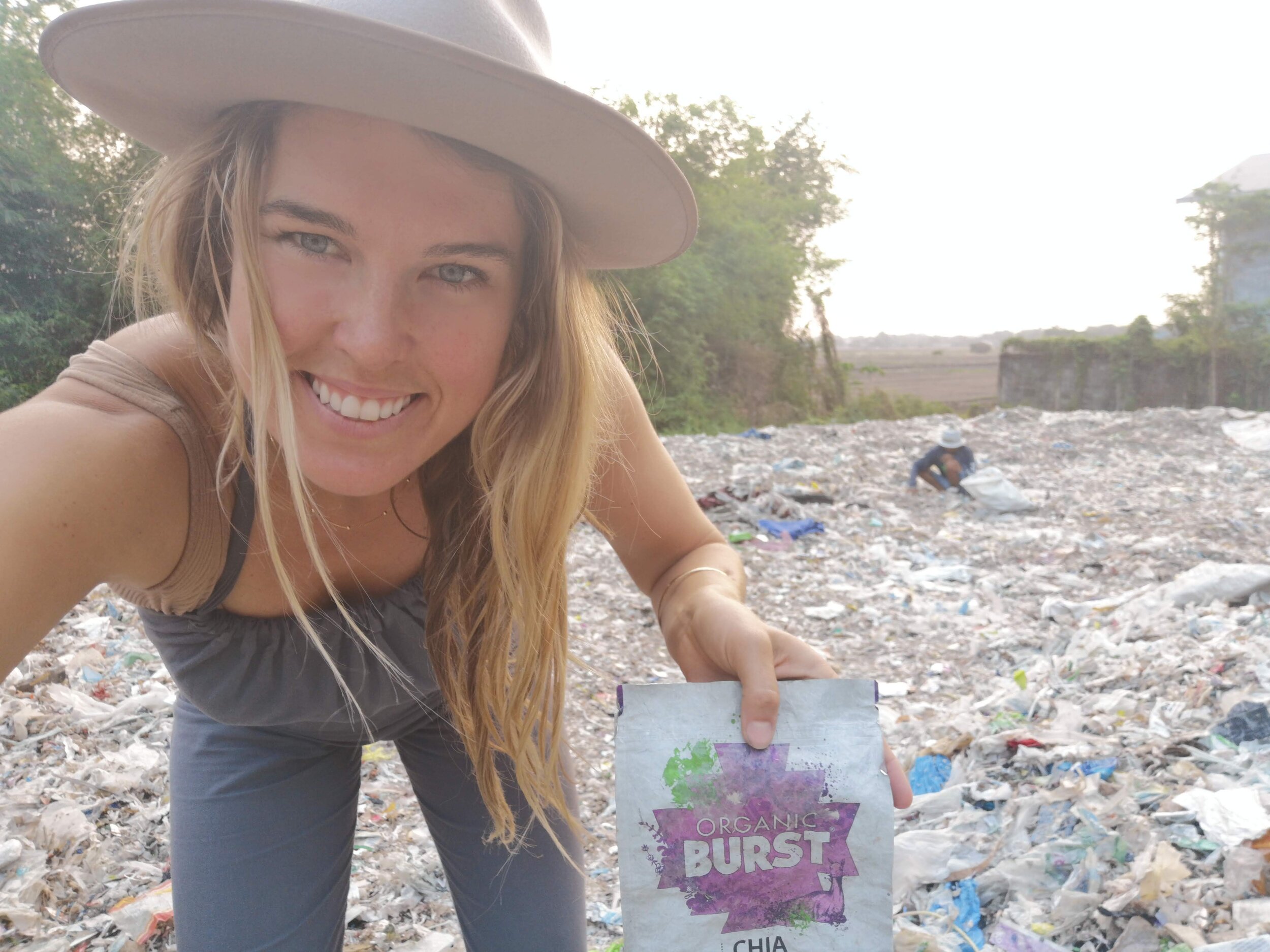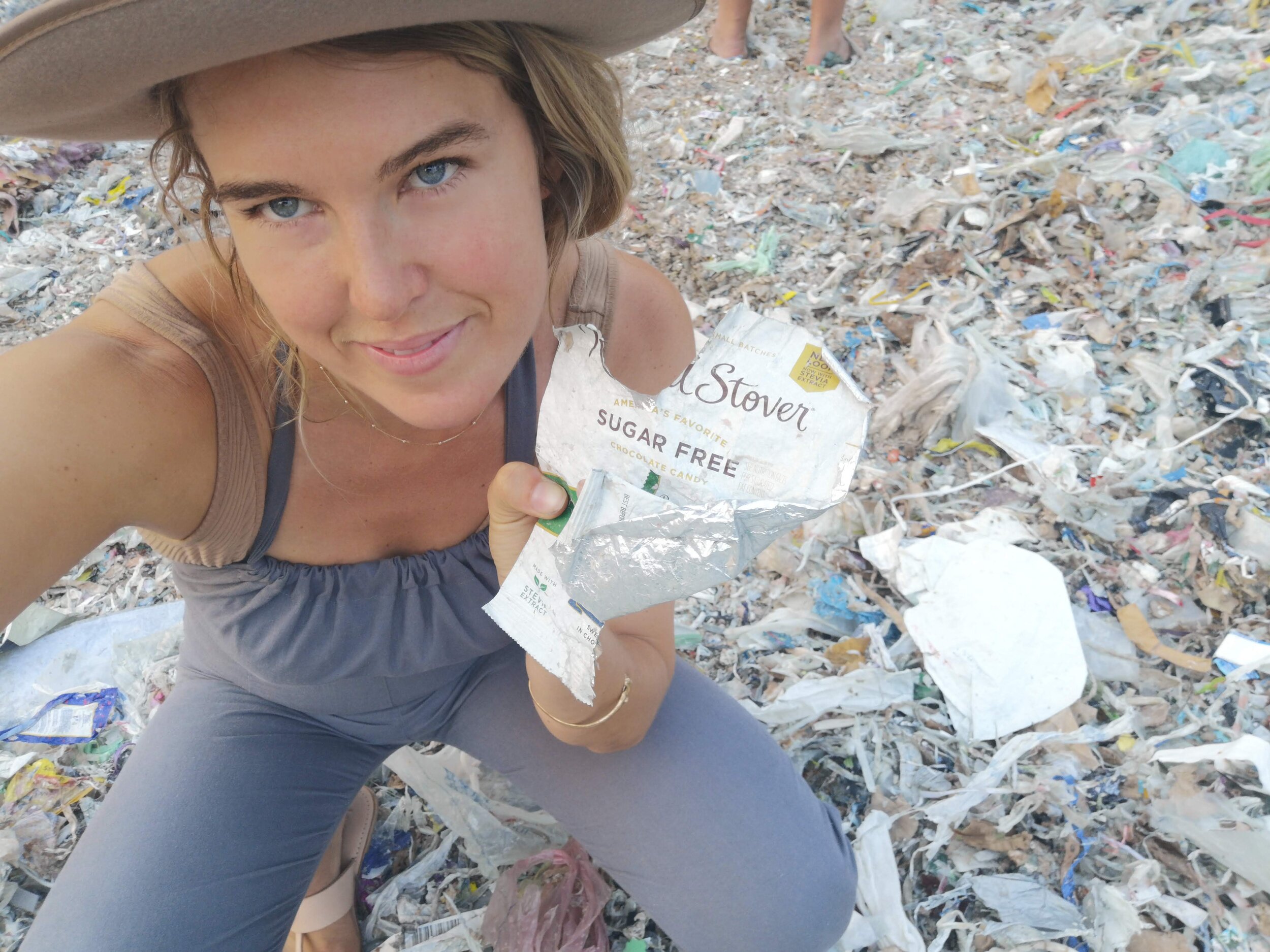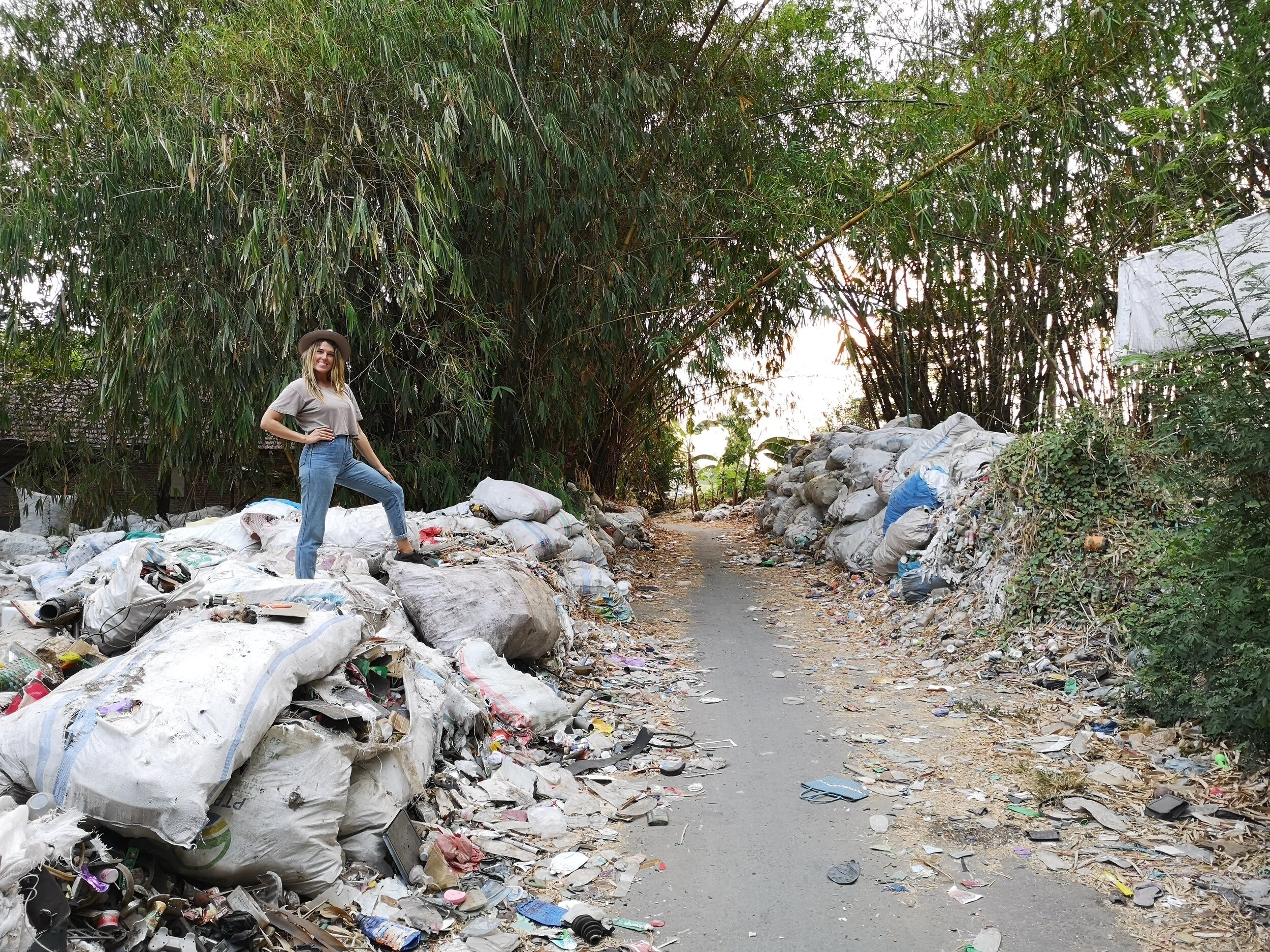How to Make Tofu From Scratch & A Tale from a Secret Plastics Mission to a remote Island's Toxic Tofu Factory
WHAT YOU NEED :
1 cup dry organic soybeans (bought in bulk w reusable container)
1 cup filtered water
1/2 lemon, juiced
1/2 cup water
1 nut milk bag or cheesecloth
1 medium-sized bowl blender
1 medium-sized pot
1 strainer a sharp knife a glass/metal/ceramic container or beeswax wrap to store tofu
And a critically thinking mind. It’s an essential ingredient to live in the world today if you want our planet to have a shot. And before you launch into the tofu making, hear me out:
ENVIRONMENTAL CONTEXT
I am a regular tofu-hater.
Not because I despise tofu, although I don't love beancurd, but because it is packaged in single-use plastic that ends up in landfill or worse in the environment threatening wildlife for centuries.
Many people are turning to tofu as a protein source now that much of the world has woken up to the importance of just eating plants (yay!).
However, if our plastic tofu wrappers endanger/choke/break up into microplastics to be ingested by animals AND also pollute the environment for 1000 years, is that really serving our purpose?
Think of all the tofu packages being discarded with the uptake of the vegan movement. Next I'll share photos of where all of these plastic wrappers and our other plastic trash we plow through on a daily basis really ends up. Certainly, we wouldn't stand for it if piles of trash started mounting in our front yards, but is it fine if it's someone less wealthy or fortunate or with less of a voice? Are we switching to vegan diet to serve our egos? Or can we stay critical thinkers? Or make real environmental choices that serve our collective, the earth and all humans? Love a healthy discussion, feel free to comment below.
I get asked ALL THE TIME what I do instead of plastic-free tofu.
I skip it--I eat tons of veggies & fruit & I soak seeds, nuts, legumes for protein-rich meals.
BUT even if I don't like it, I want to have a solution for those that do!
I went to the bulk food store & got some dry soybeans—not without drama & betrayal! Whole Foods has a bulk foods section but doesn't want us to bring our own containers, only wants us to use their single-use plastic bags. hmm 🤔🤦♀#ecoFAIL.
And so here is my attempt at making tofu--IT WORKED! And it is delicious--or at least FRESH tasting. I still find it fairly bland, but since the world is obsessed with it--I can admit that this tastes far better than any of the processed curd I've been served when eating out. Not trying to sound snobby, just a huge advocate for eating as fresh as possible as often as you can. And obviously hugely biased against anything plastic packaged.
RECIPE :
Soak 1 cup of soy beans in 2 cups filtered water, covered, for 12 hours/overnight
Blend
Pour soy cream through a nut milk bag into a medium-sized pot. You are keeping what strains out into the pot (soy cream) and composting or repurposing what is left in the bag (thick fibrous soy meal).
The soy cream in the pot is to be heated on medium heat for 10-15 minutes, stir gently to avoid the soy sticking to the bottom of the pot and burning (this happened a bit to mine—it just went a bit brown and flaky—I caught it before totally burned). Turn the heat down slgihtly if you are worried of this.
In a separate container, juice half of a lemon and mix with 1/2 cup of water.
Turn off the heat and gently pour half of the liquid into your soy cream, stirring and folding. You will start to watch the texture change, the soy cream will coagulate into a chunkier porridge or scramble texture.
Add the rest of the liquid and keep stirring as the tofu curds start to get thicker.
Let sit for ten minutes. Clean and rinse your nut milk bag and dishes.
Pour your soybean curd through the nut milk bag again. This time you are keeping what is in the bag and discarding the liquid that is squeezed out. This may take a while, so be patient to ensure you get out as much water as possible. Think positive thoughts, it is Ayurvedic tradition to infuse food with positive thoughts so that we absorb all nutrients and good energy and can digest it properly. Food prepared with bad thoughts is not eaten!
Flatten the curd on a clean benchtop and mold it into a square using the corner of the nut milk bag. Then place it in a colander to further drain another ten minutes. Do your dishes or make your meal you wish to enjoy with your tofu.
Carefully peel the tofu out of the nut milk bag and place it on a chopping block. VOILA! You have made tofu.
To eat your tofu
With a sharp knife, slice your tofu into little bite sized squares and place on top of a salad or stirfry. You already cooked the beans on the stove, so it is ready to eat! Fresh and fluffy! You can leave it plain or dress it with some tamari/amino acids/soy sauce or any other dressing.
Or fry it in a pan! In strips or squares or scrambles!
To store your tofu
Place the block into a glass container and seal with a beeswax wrap/in a metal container/or in a mason jar on it’s side. You can repurpose plastic tupperware too if you dare! ;)
SECRET PLASTICS EXPEDITION : TOFU FACTORY - REMOTE ISLAND, INDONESIA, 2018
I cannot make tofu without sharing this hectic tale..
In 2018 I joined a small group of plastics activists on a secret expedition to a remote island in Indonesia that connected the global dots on our inhumane plastic use and what it meant for the people living in “AWAY.”
Collectively, the group represented Break Free From Plastic, Ecoton, Story of Stuff, Algalita, Bali Fokus, and Friends of the Earth and myself, documenting and storytelling for our networks.
We were there on the home island of our friend and colleague, Prigi Arisandi, of Ecoton. Prigi took us on a tour of his home, to help us understand why he, a river scientist, has become such a driven (and awarded) plastics activist.
We drove past endless “dumps.” That of course poured into his beloved once vibrant rivers.
Some in the remote jungle, some in urban zones. Some that had been picked clean of anything of value. Some that were being worked by families or villages. We often got out. Talked with the curious locals and smiled in their selfies. We took a few photos of our own. We looked at the trash. We checked the labels for where it was from.
The trip was fairly traumatic to face our waste—even as a person who swore off plastics ten years ago—and the days were packed with many site visits, so this story can get quite long. I’ll cut to the part that relates to the food we discuss here.
We parked on a cobbly brick street and piled out of Prigi’s family van. The street was narrow. It was a very hot sunny day. I was in yoga pants and a tee-shirt, as a female I was expected to cover my legs and shoulders in this Muslim country.
We passed many buildings crammed together constructed of crumbling brick and stone with intentional reinforcement with wooden beams and metal bars. Soon we took a right through a dark cement paved driveway that opened up into a room bustling with activity. About double the width of the driveway, but still fairly dark our eyes adjusted to about 10 humans working away in a steaming hot tofu factory.
The small factory made tofu in a similar process to the aforementioned method, though with far more beans , far deeper pots, far larger spoons for stirring, and far more creative straining methods! And instead of a gas stove, they heated their soybeans by burning plastic. Not just any plastic. Our western plastic.
We greeted the workers. Some just in big gum rain boots and short shorts. All dripping with sweat from the hot day exacerbated by the massive firing oven on the right side of the building.
We curiously peaked at each stage of the tofu process. Prigi and Yuyun , both Indonesian, could chat with the workers. The rest of us smiled warmly with great interest in their finetuned processing of the soy—especially the straining cloth hung from the ceiling they spun and twirled again and again in an artful rhythm to bake the curd and drain the water. Now that I’ve made my own tofu, I understand far better how to work the beans and can appreciate the importance of each person’s role than years ago observing naively, wondering what each pot held and station signified.
Just behind us was a long alley of trash. Occasionally the fire master would come out to sweep more fuel into his stove. The burning of plastic sachets and packets and wrappers and bags was happening right there in the same small sooty hot building as the stirring of the soybeans and the cutting of the curd. The small room smelled odd; of cooked bland beans, hot milky water, and a faint chemical smell. Had we not flown across the islands for that smell, we might not have picked up on it at all. The plastic fumes were being inhaled straight into our lungs. Whatever anxiety that gave us, paled when we thought of the workers who toiled in here all day, every day absorbing the fumes into their skin and inhaling into their lungs. And eating and feeding their families with tofu cooked in the same toxic air and water.
Toxic from what? After putting together the lesson from this stop in Prigi’s tour, we began piecing through the pile of "fuel.” Much of the plastic was from western countries. We recognized labels from the US, Australia, Europe.
Prigi’s River, or the Brantas River that millions of Indonesia’s rely on for fresh drinking water, fish as a food source, and to bath and wash in. Read more & support : www.ecoton.or.id
Only a few years ago, maybe ten or twenty, these factories would have been powered by wood. Wood that grows abundantly and regenerates quickly on the 17,000+ islands of Indonesia. The tofu would be fresh and clean and healthy. The parents wouldn’t be wondering why their children were sick. The communities wouldn’t be abandoning their trades or legacies to buy piles of trash as big as their houses with hope of finding a US dollar bill or a useful material to be sold to a bigger waste factory that was polluting their streams and jungles.
No air filters or separate rooms. I walked right through the building, past the bustling left side of the factory and the fire master on the right, out and up onto a mound in the narrow back gated area. Climbing up to get a vantage point I could see not just the one small pipe stretched from this roof, emitting black smoke—but many thin pipes emitting black smoke throughout the whole area. A plastic-fueled tofu district.
I don’t eat tofu and haven’t for years. Simply because it is packaged in single-use plastic. And I refuse to consume single-use plastics. Not because I am better than anyone or smarter or more aware. I just felt bad for the marine life who were unknowingly swallowing our trash that breaks up into microparticles. Because not knowing where that tofu wrapper is going to end up is too risky to me. It might end up in a whale’s belly or washing up on a beach or being pushed into the flames in a tofu factory on a remote tropical island in Indonesia. I cannot know where that wrapper is going to end up. So I don’t take the risk at all.
We in the west have been throwing "away" trash. Every day. Every single day we throw “away” more and more trash. Not thinking past tossing it into the trash bin or perhaps feeling a bit smart when we toss it in the recycling bin. Then all that trash gets piled up and scooped out and shipped "away."
Away is a real place. It is here in this tofu factory in a jungly island. These people must get rid of the infinitely incoming shipments of trash somehow. And without knowing how toxic burning plastic is, this makes perfect sense. A solution to a mounting smelly problem. How dare we pass off our waste to other people. How dare we poison and contaminate innocent, unknowing people. How dare we continue such blatant, irresponsible misuse of plastic on a daily basis.
There are so many reasons to quit plastics. I invite you to quit plastics for your own health, for the health of this wondrous planet, or quit for those less fortunate than you with fewer options.
This is our chance to recreate the systems that our Earth and humanity need. We can create the world we dream of by refusing plastic packaging.
We can still eat yummy things by making them ourselves, or by supporting local, small-scale makers. And supporting the shops and places that let us bring our own containers, refill and reuse jars and lunchboxes and reusable bags. It is time we boycott the greenwashed up #wholefoods and other big supermarkets and big businesses that are jumping on the “green” bandwagon. We don’t have time for false solutions. Stop feeding their bullshit and faking out your conscience. Let's make actual choices for our environment, our future, our own health. Take things into your own hands. Like bean curd! ;)
SUBSCRIBE FOR MORE CONTENT: youtube.com/c/plasticfreemermaid
